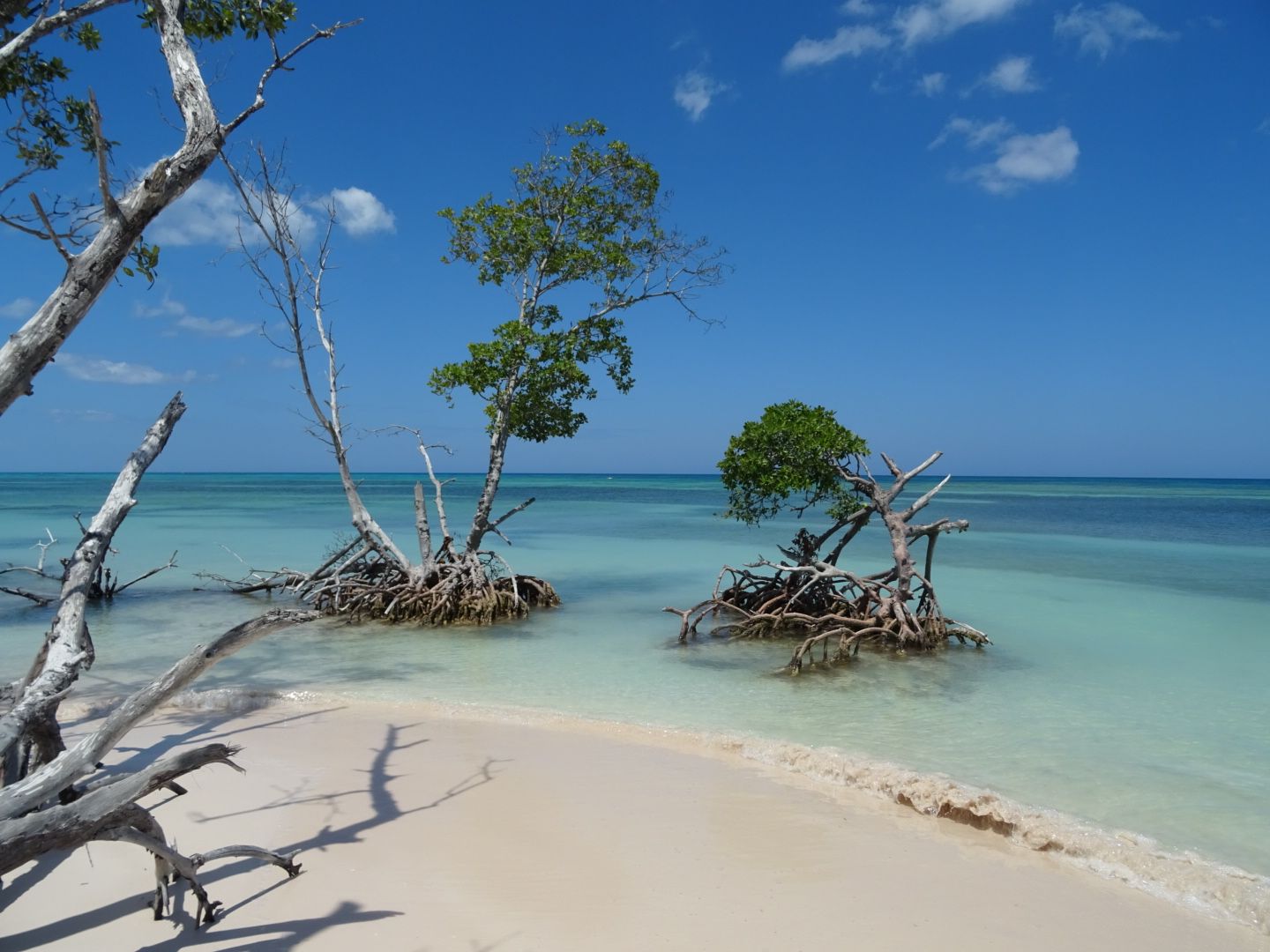Uruguay
Publicado: 05.04.2023
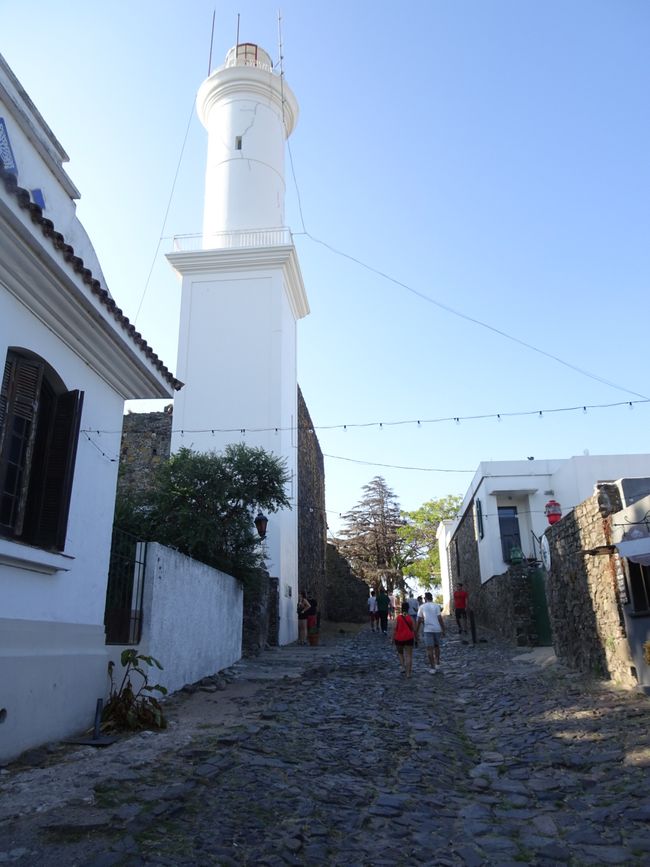
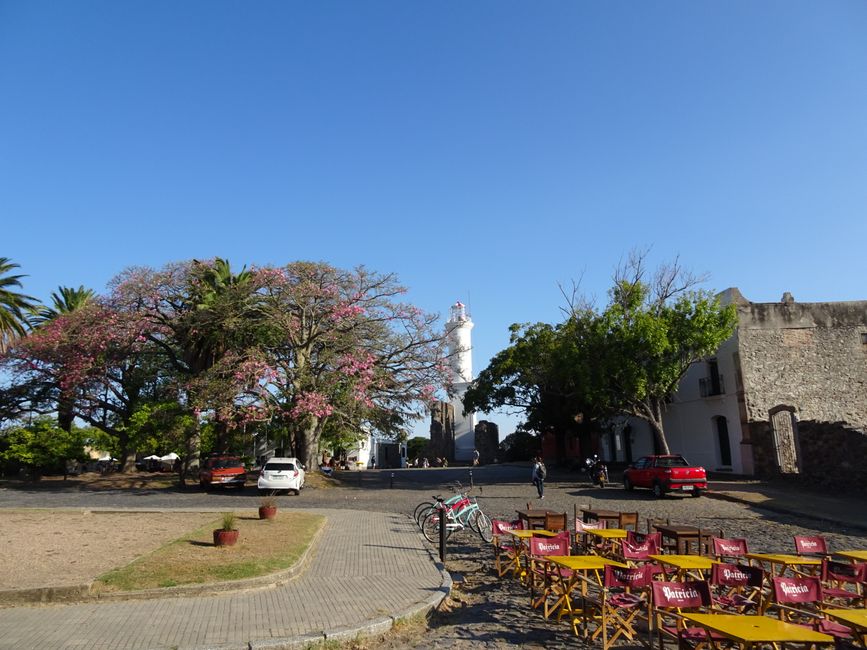
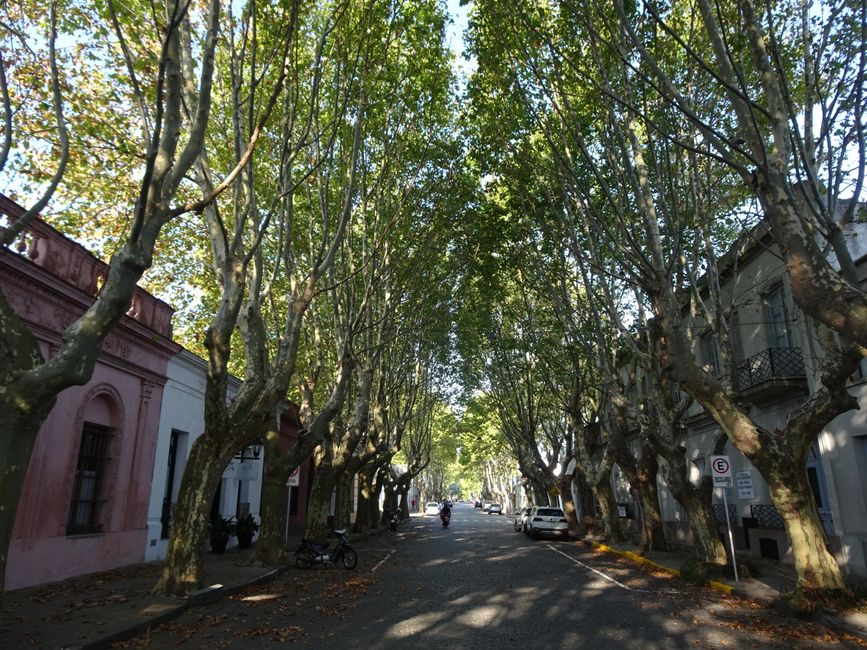
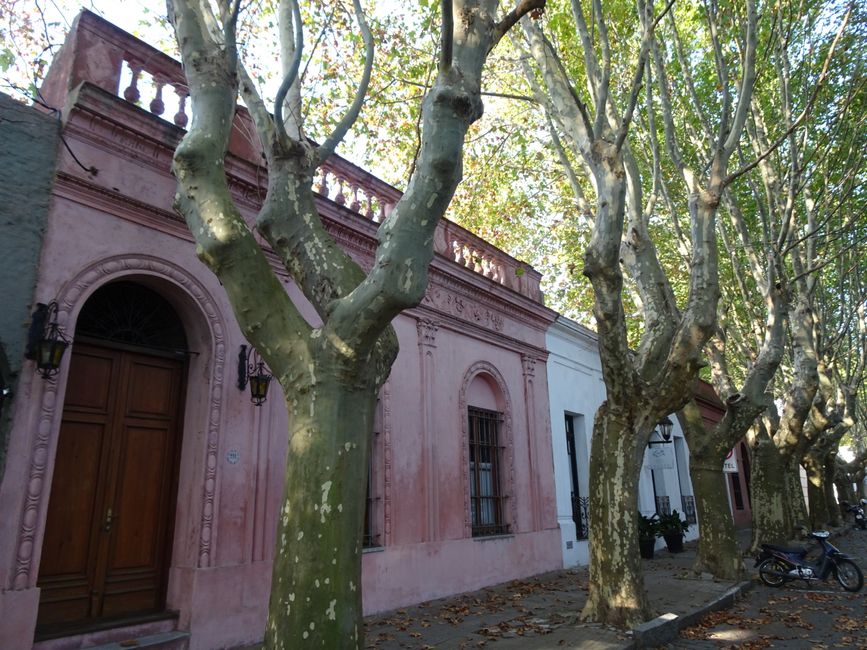
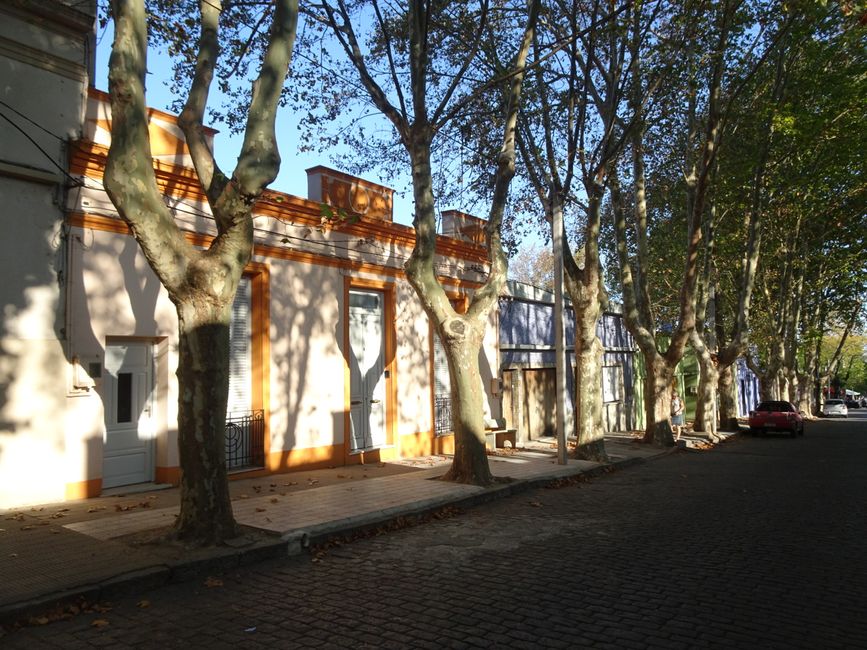
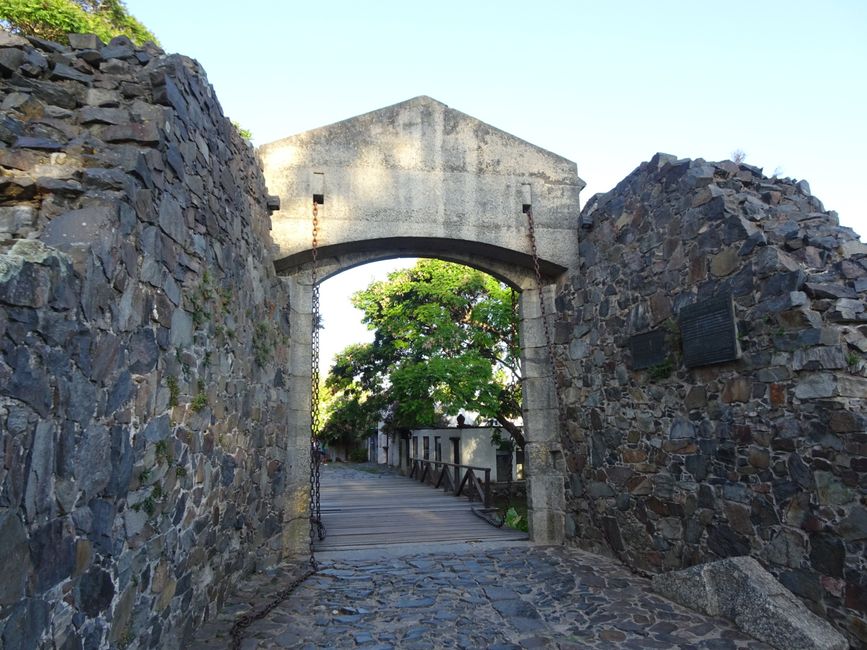
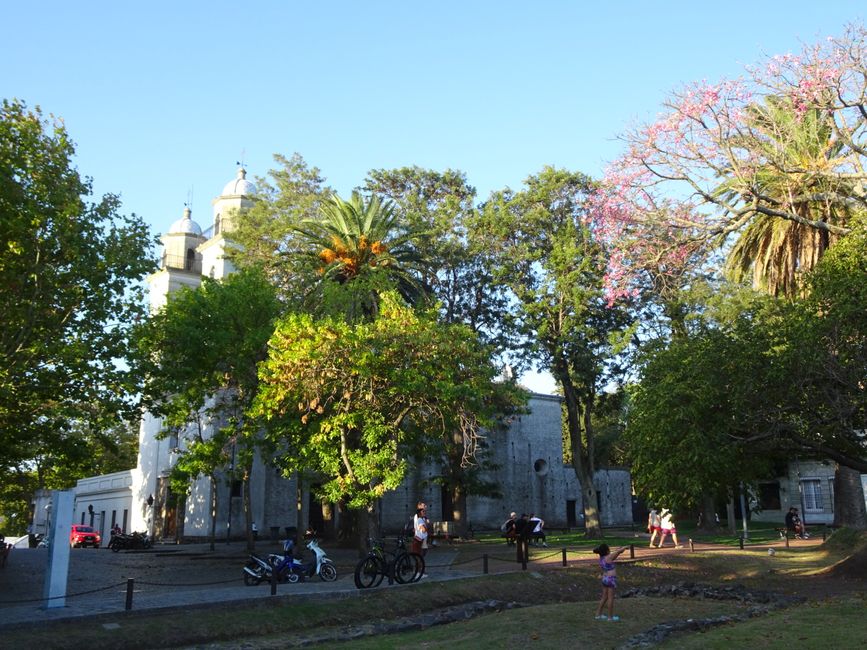
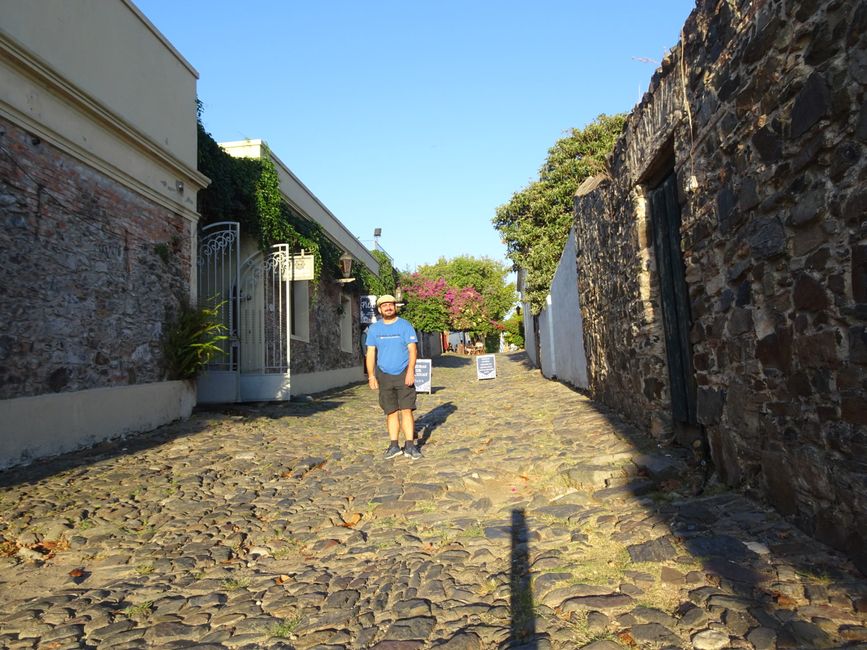
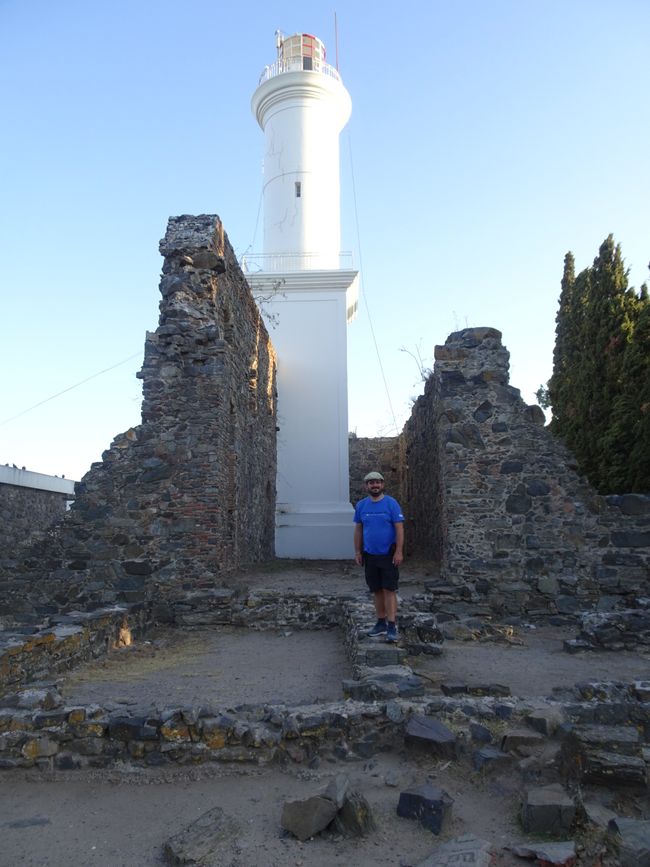
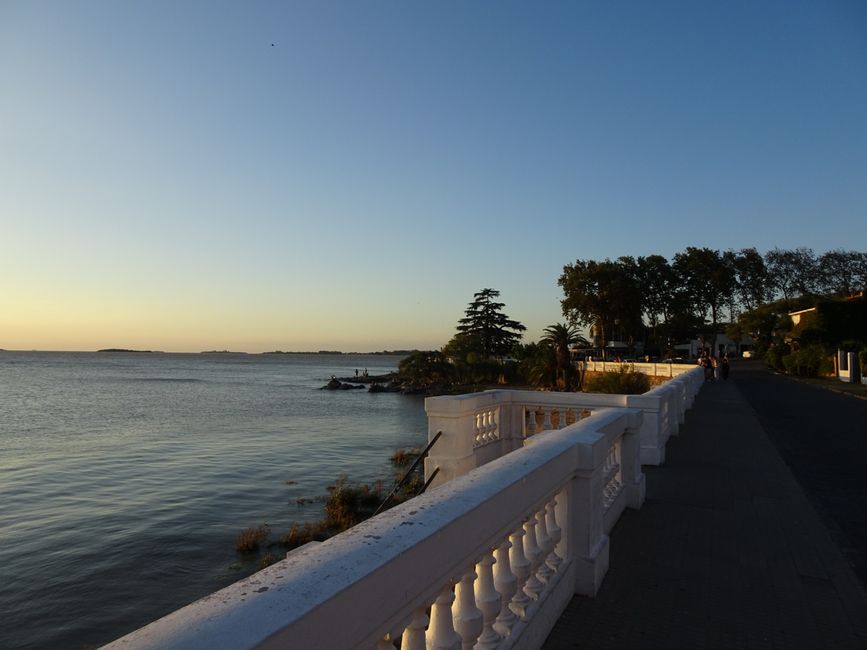
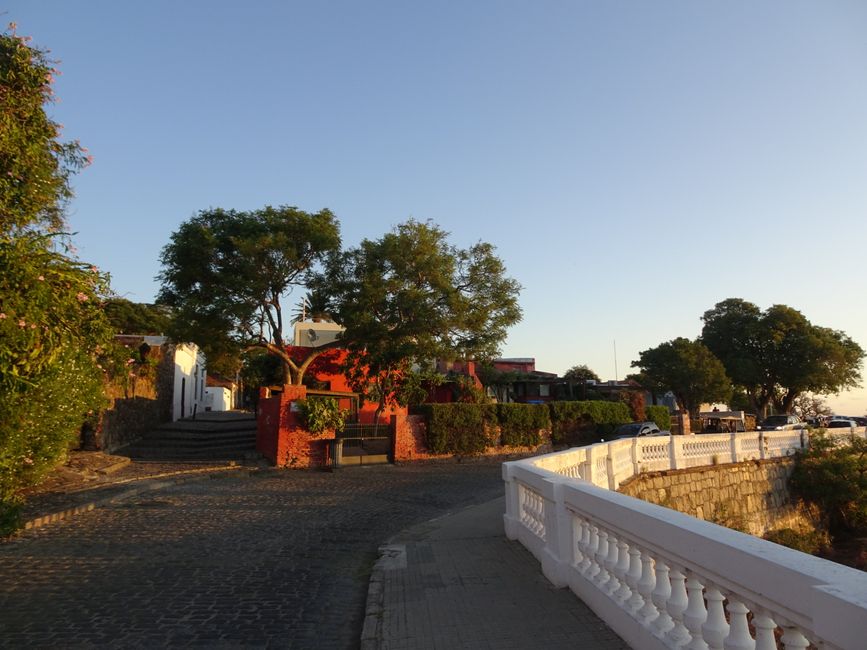
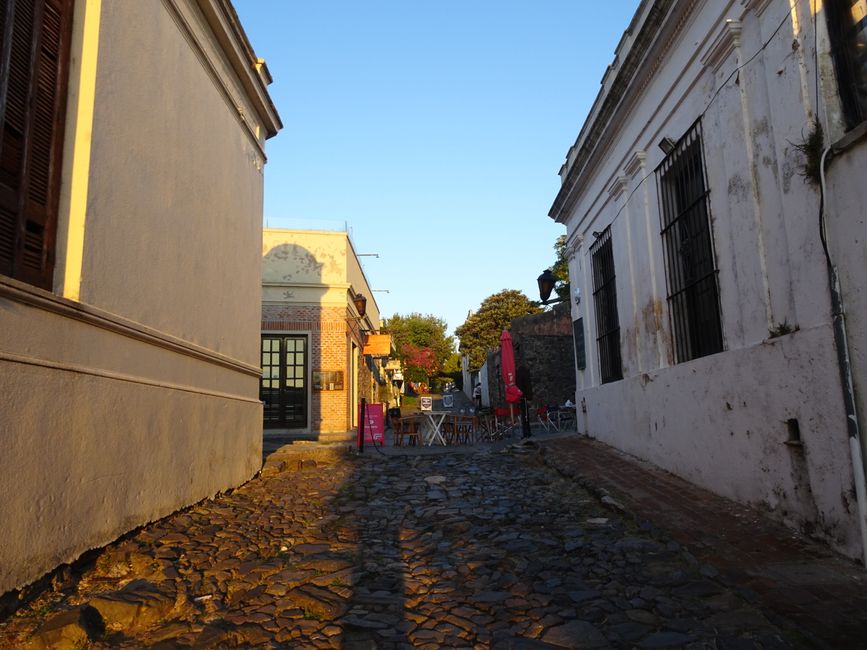
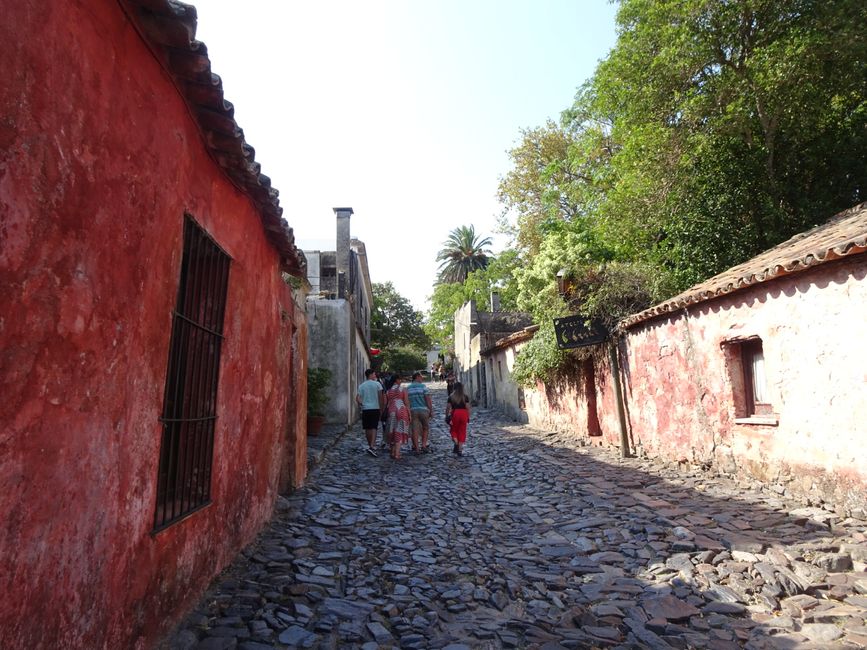
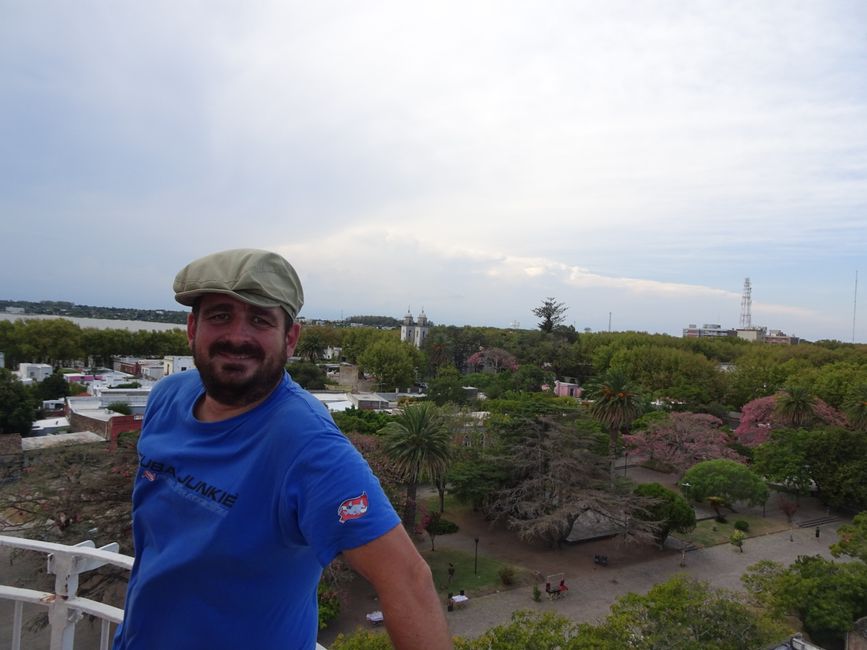
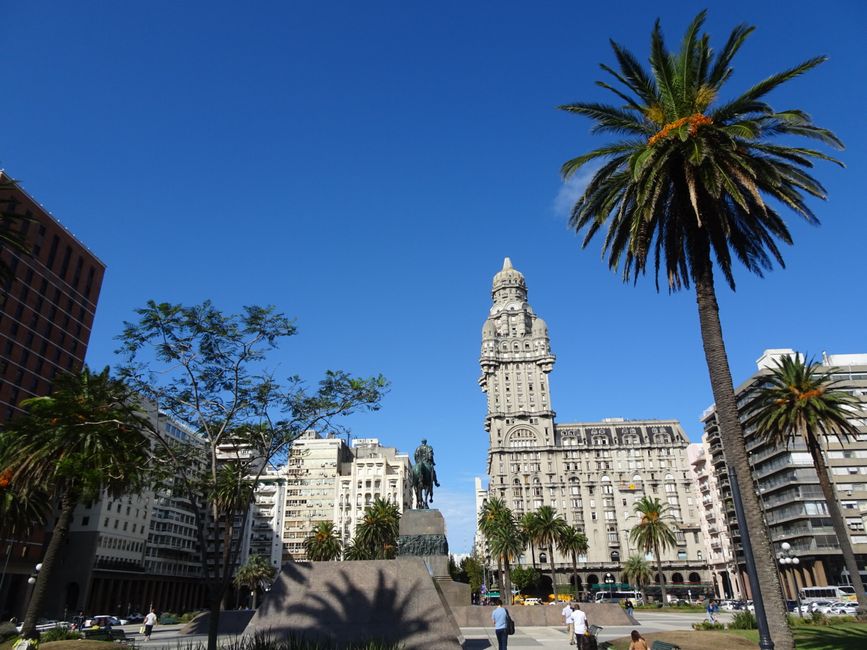
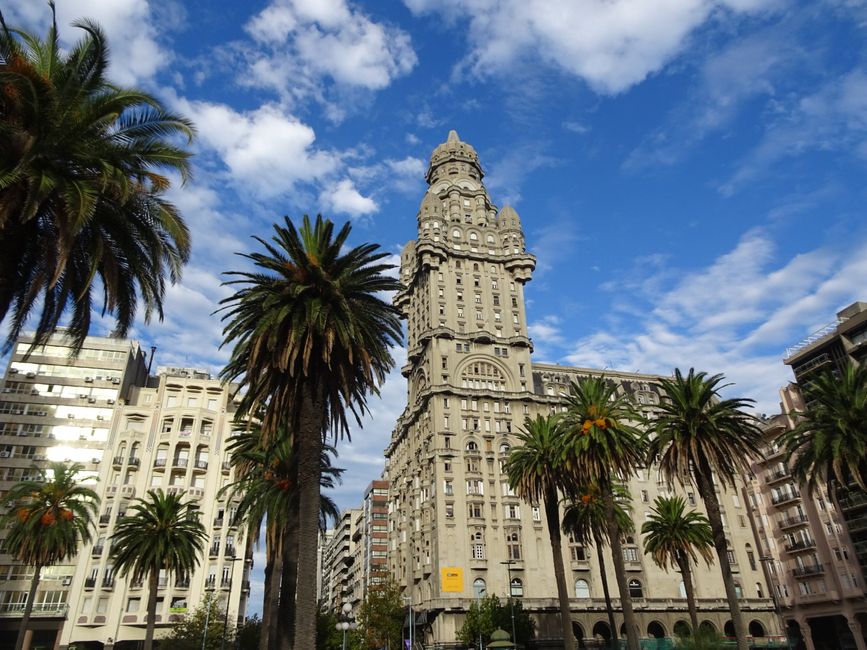
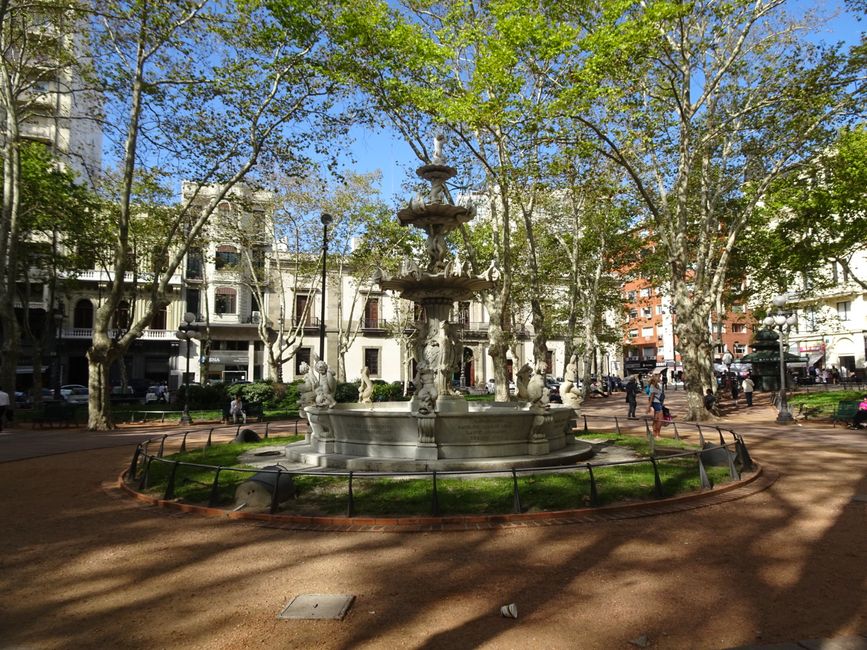
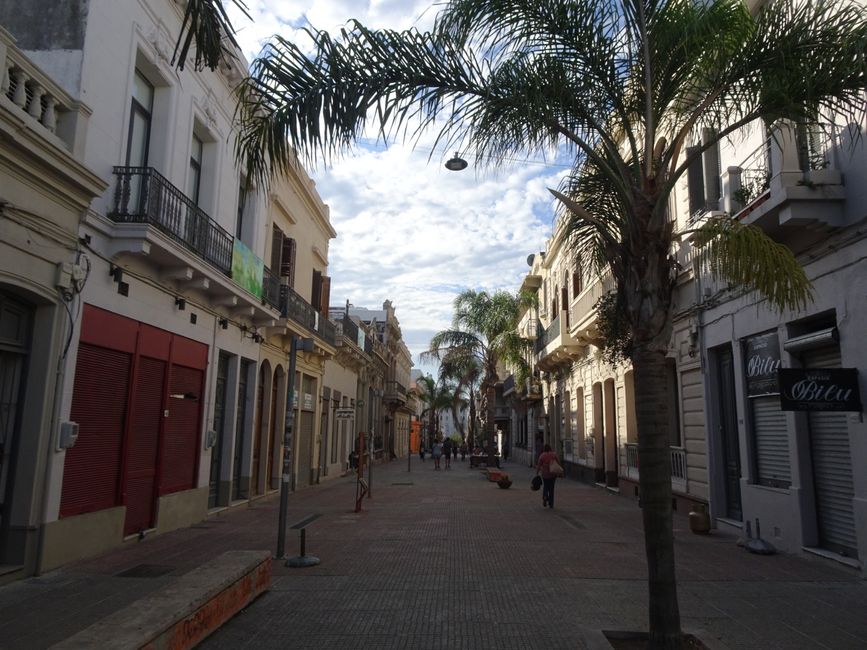
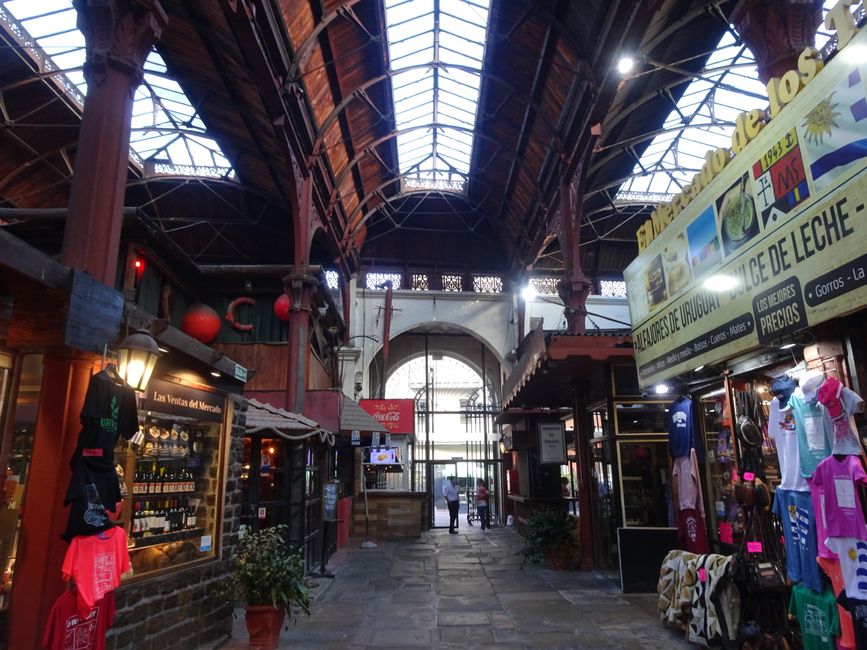
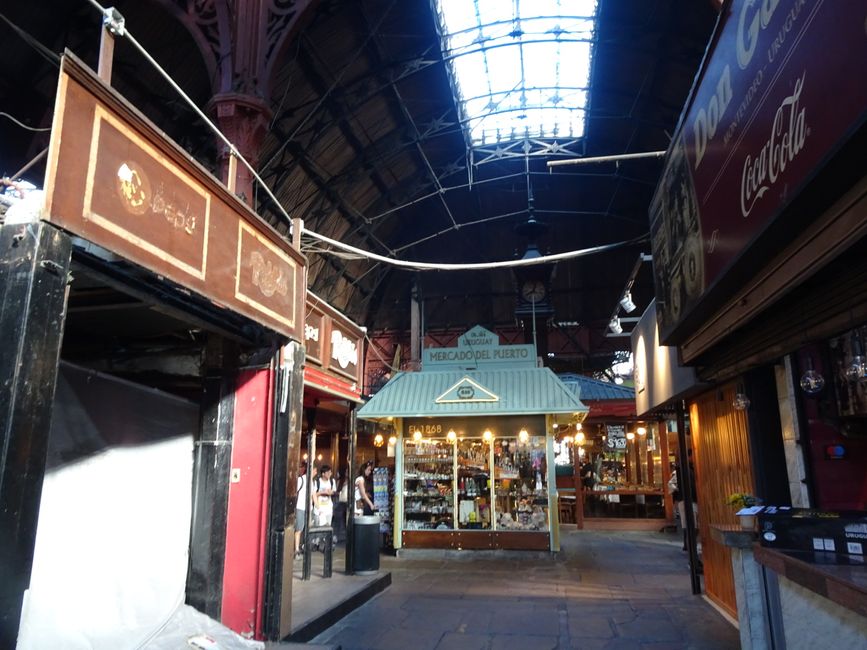
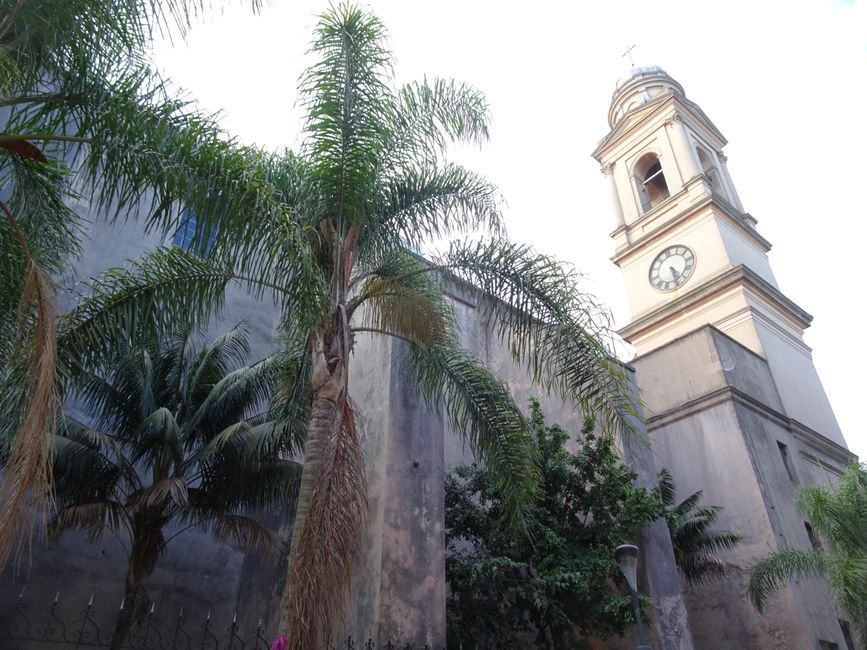
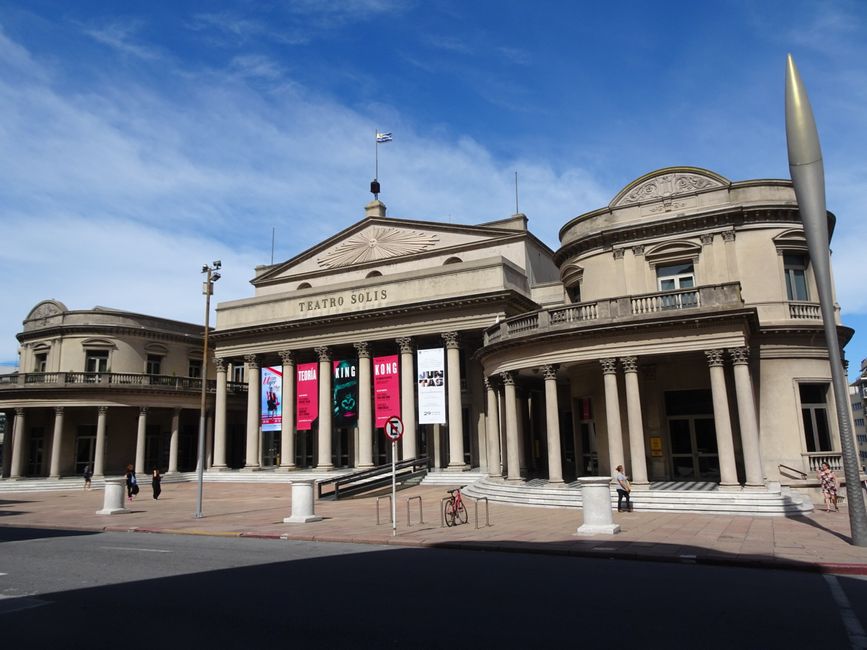
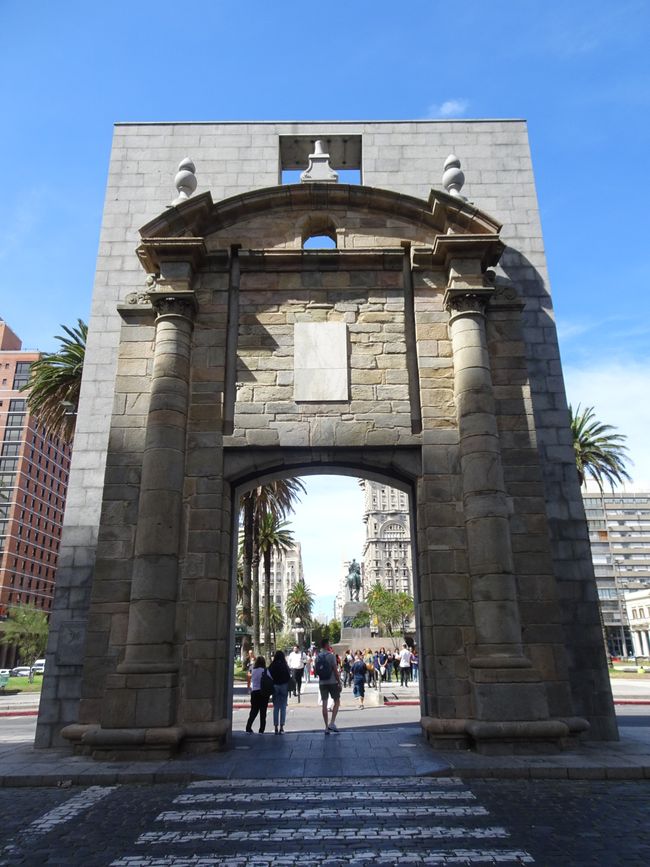
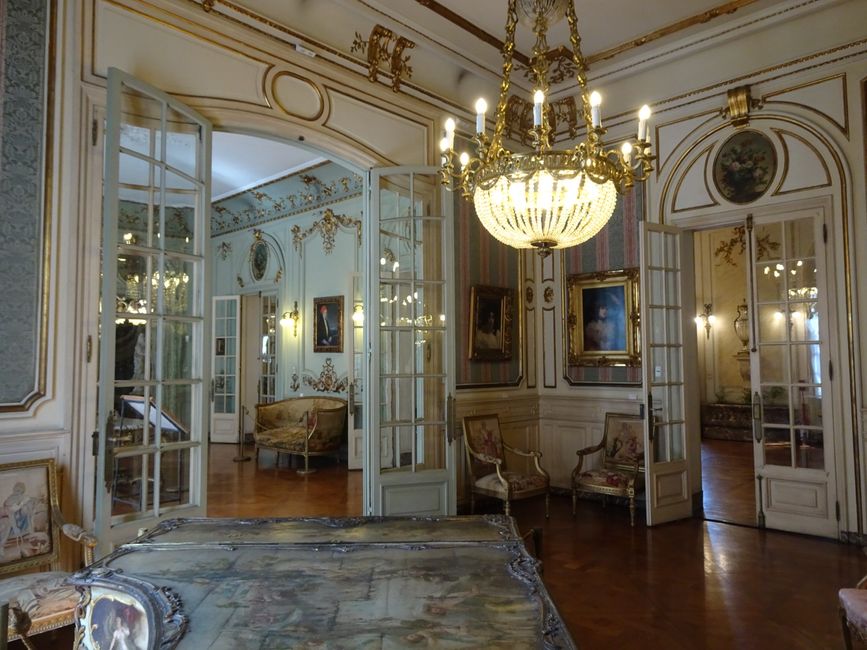
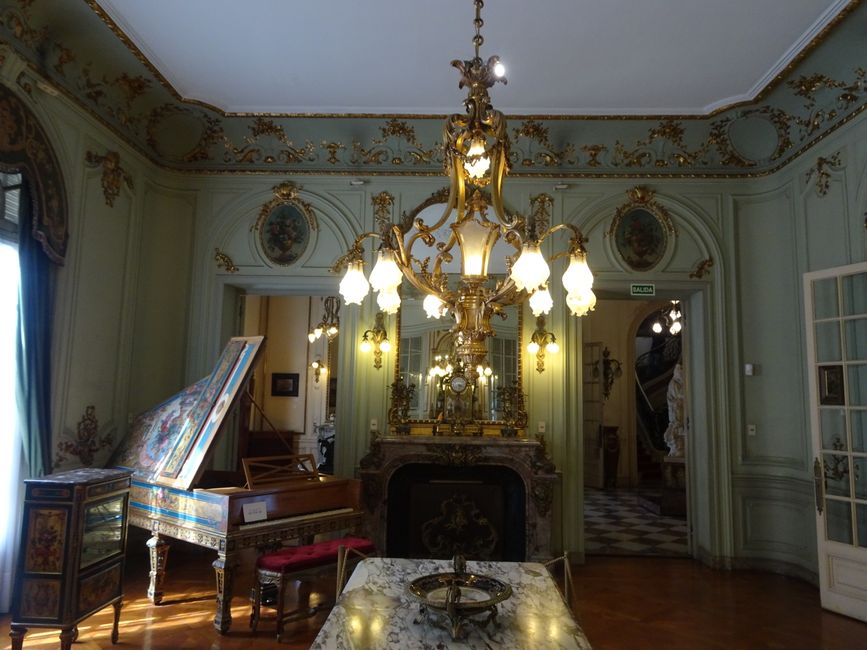
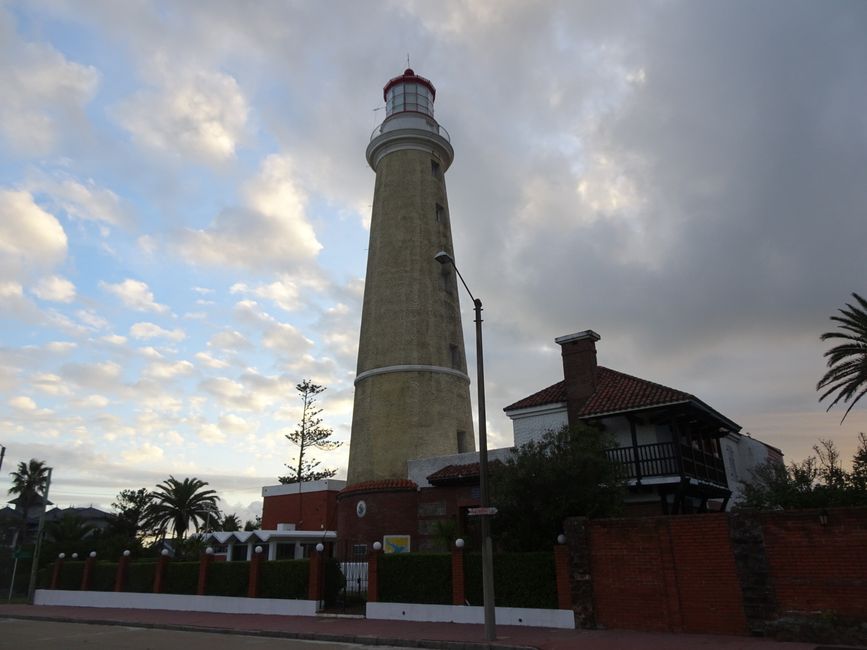
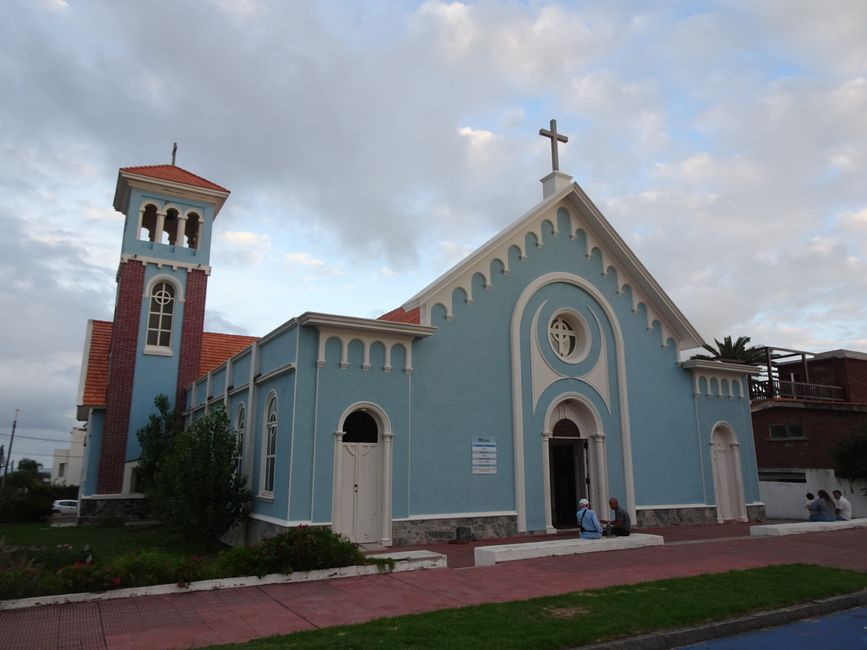
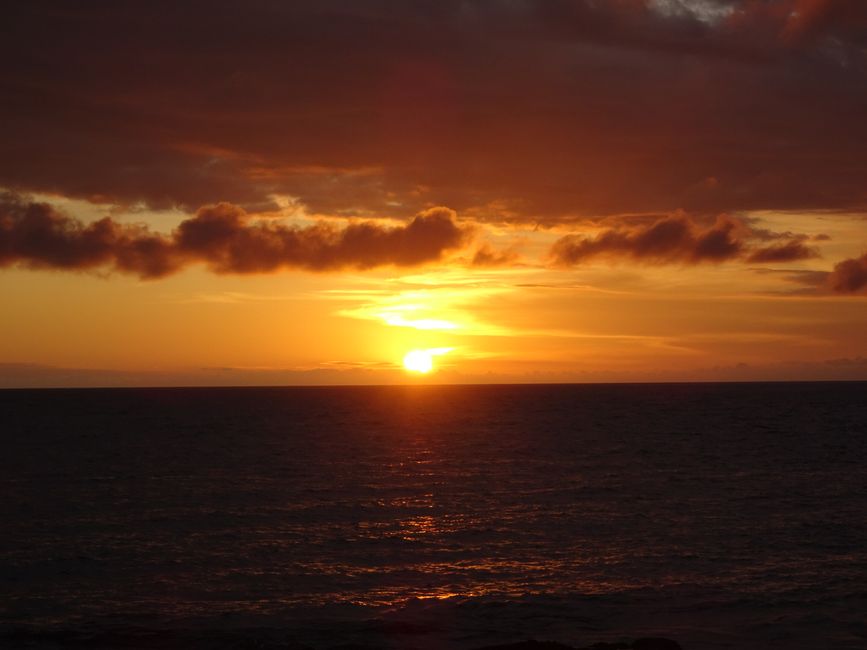
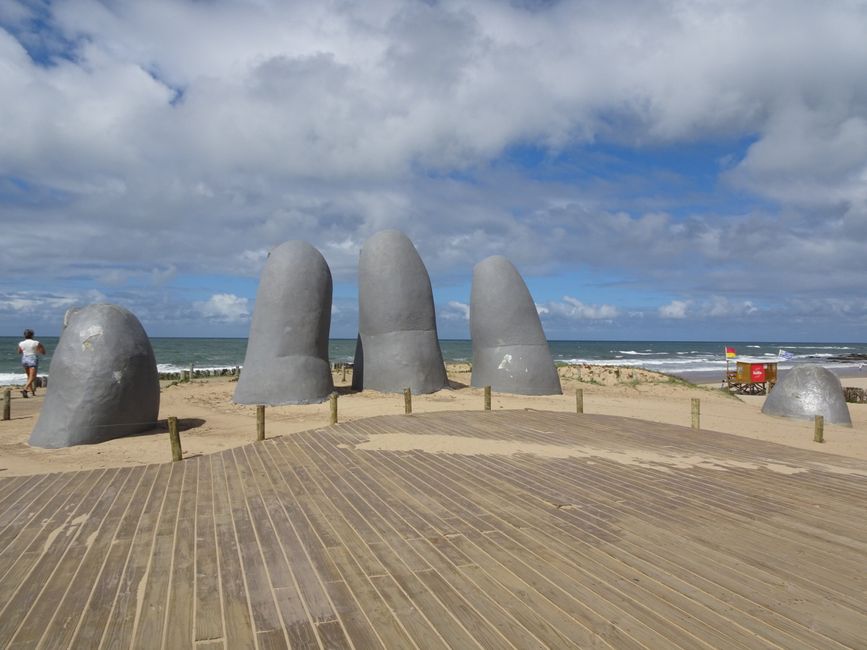
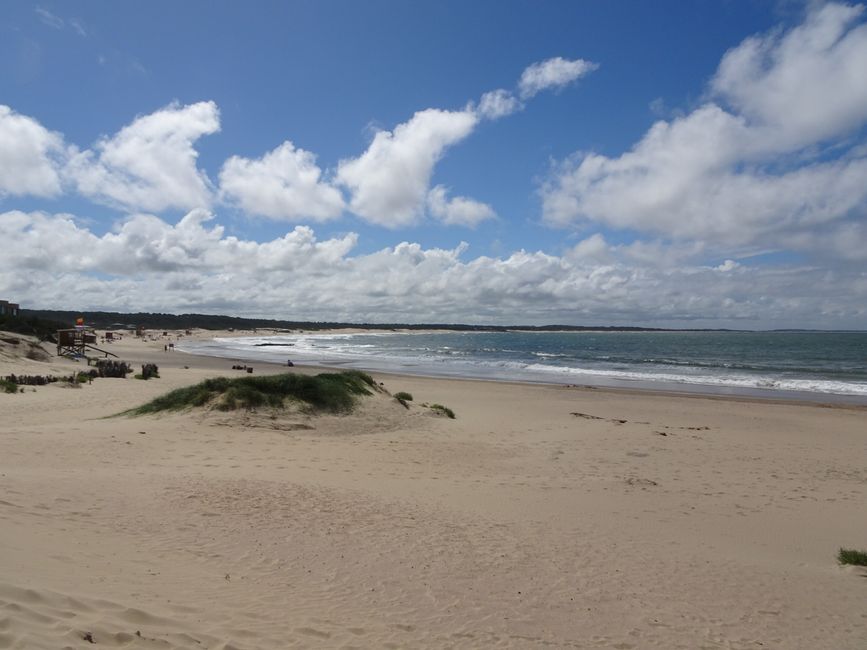
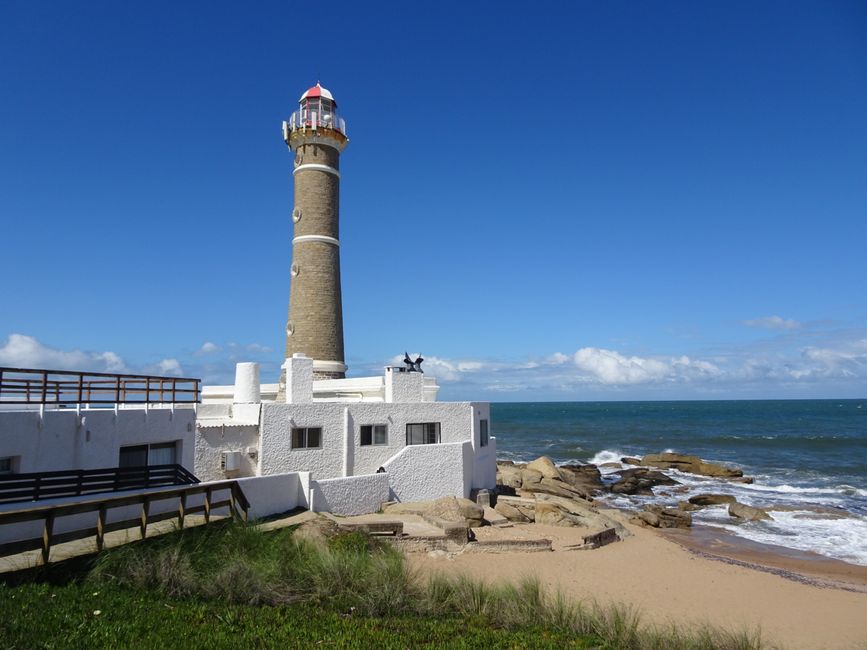
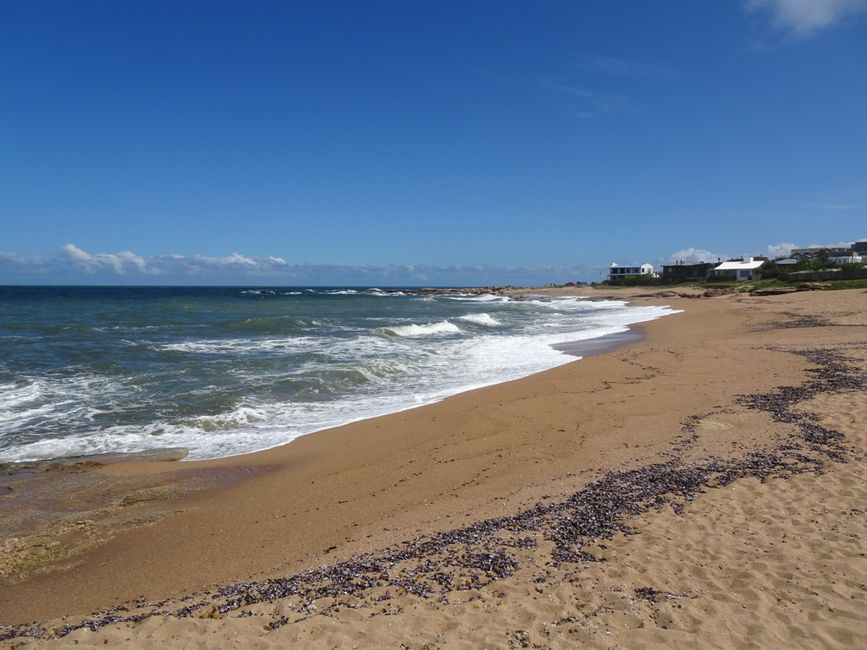
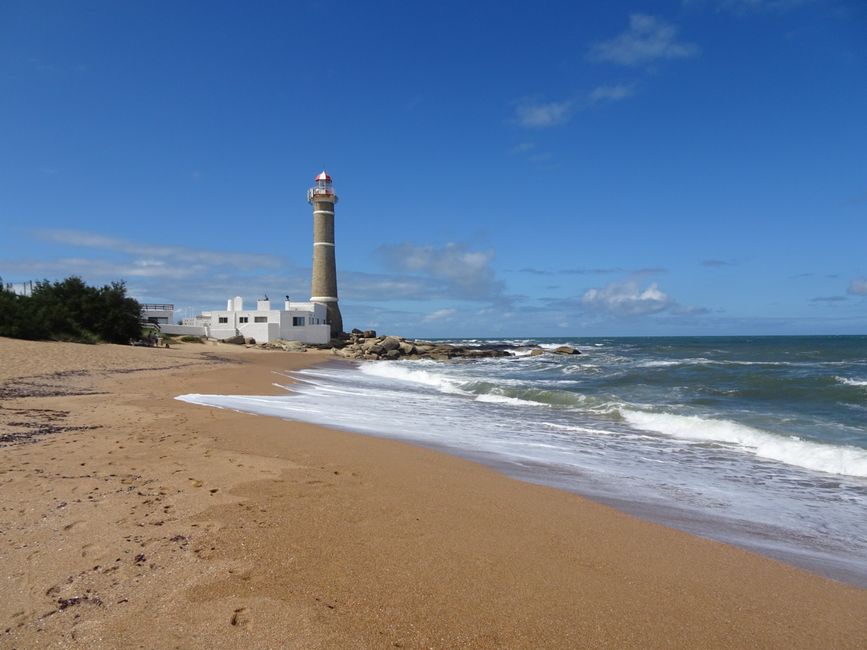
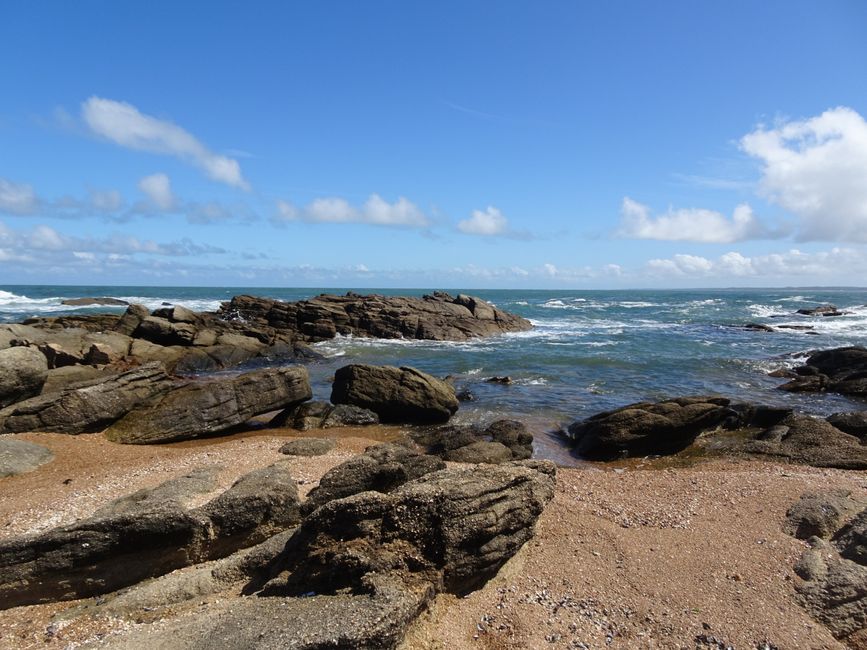
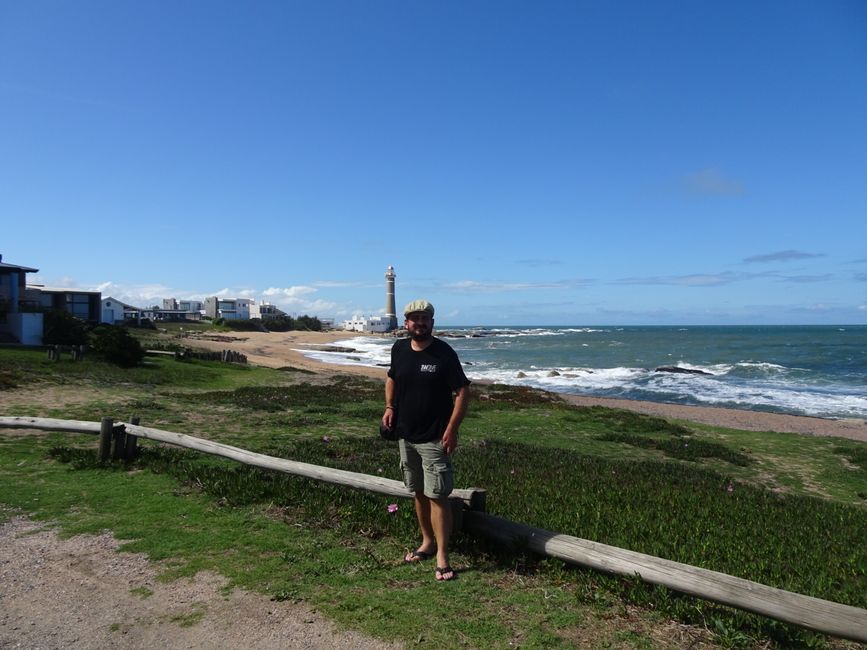
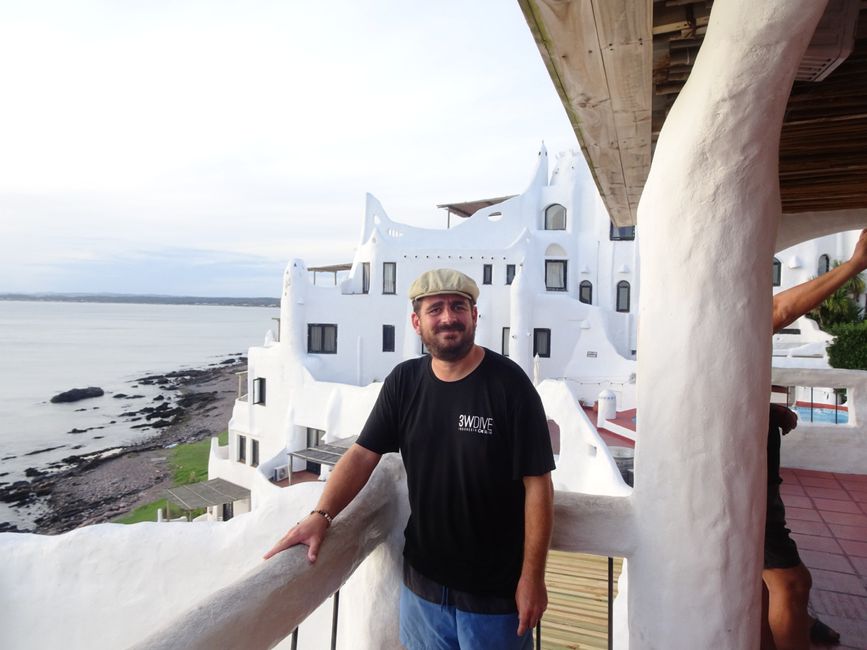
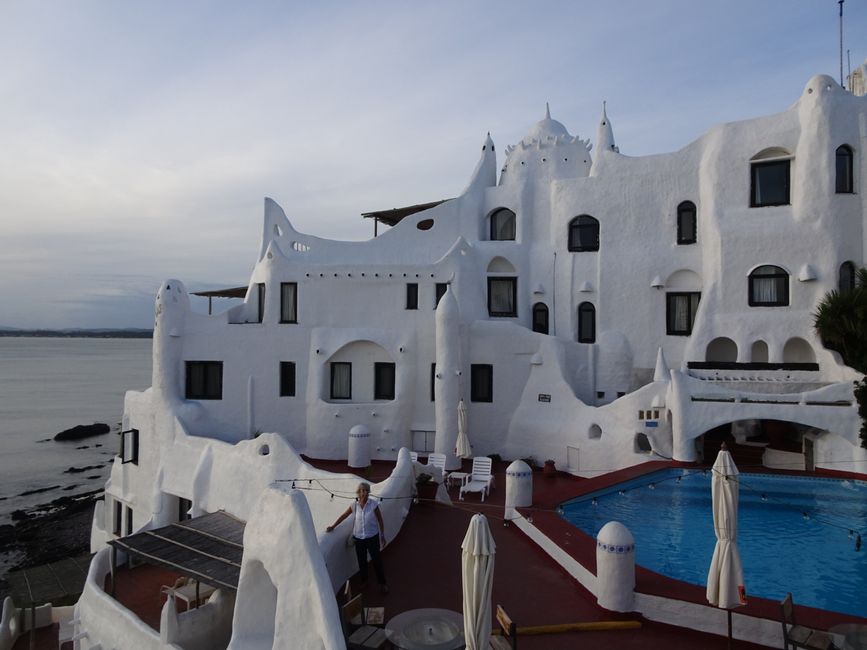
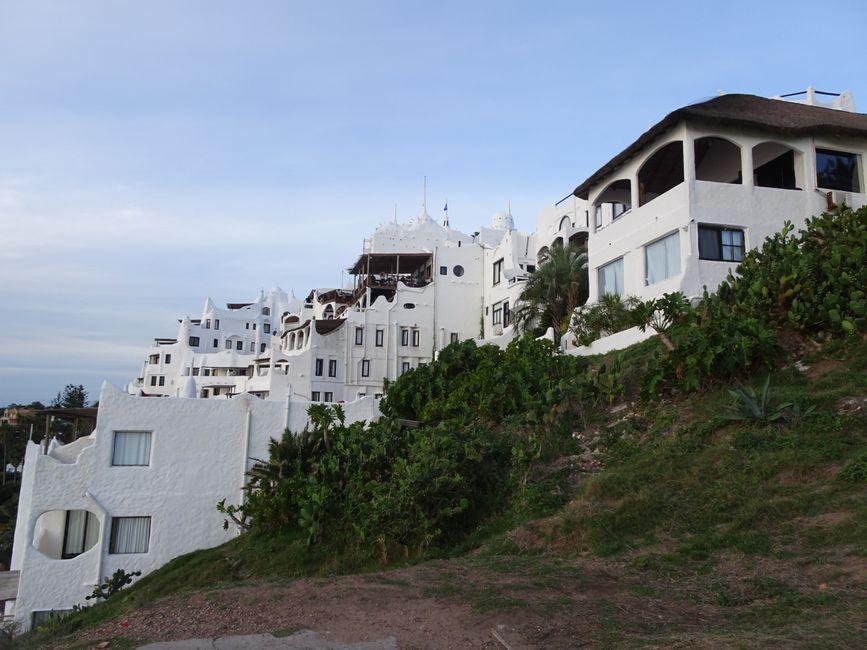
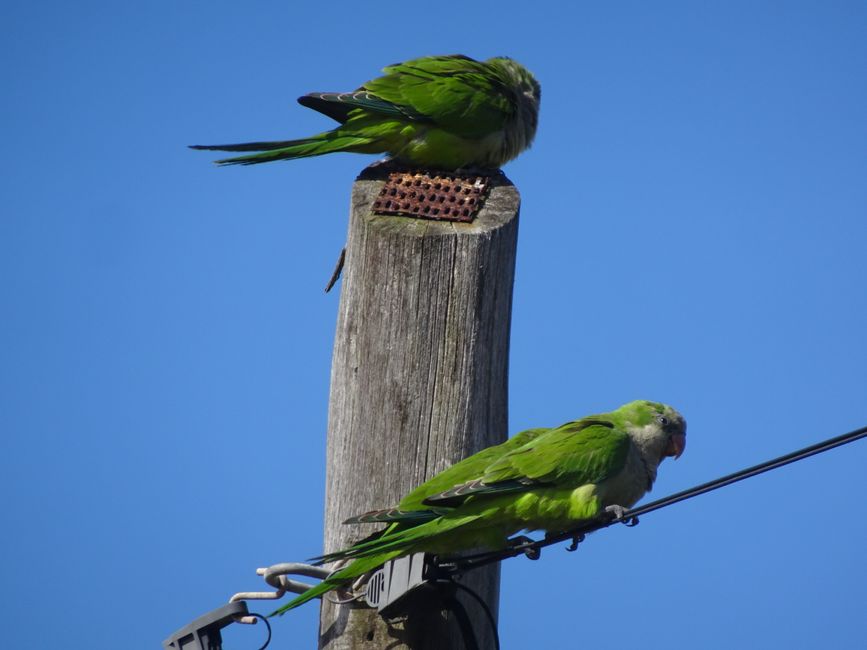
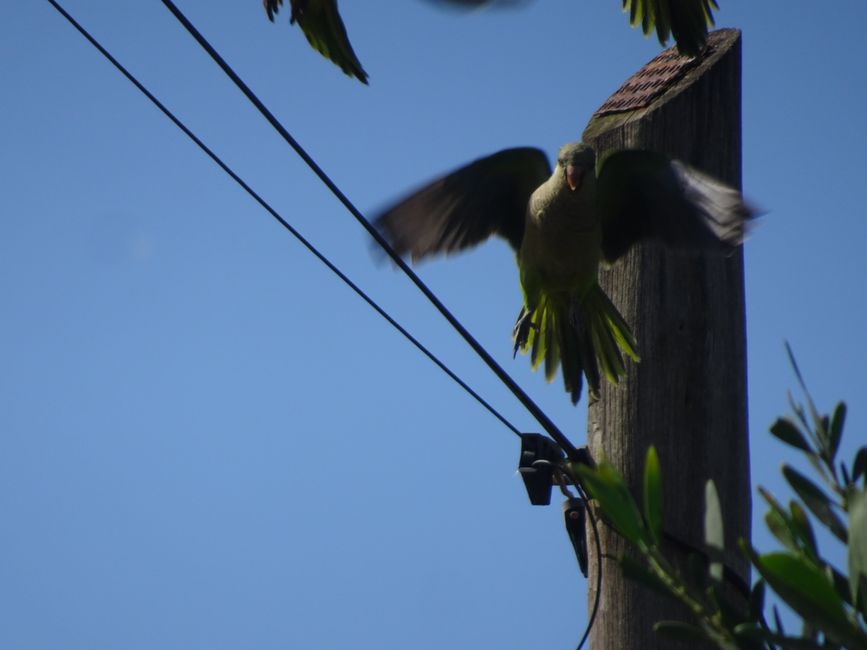
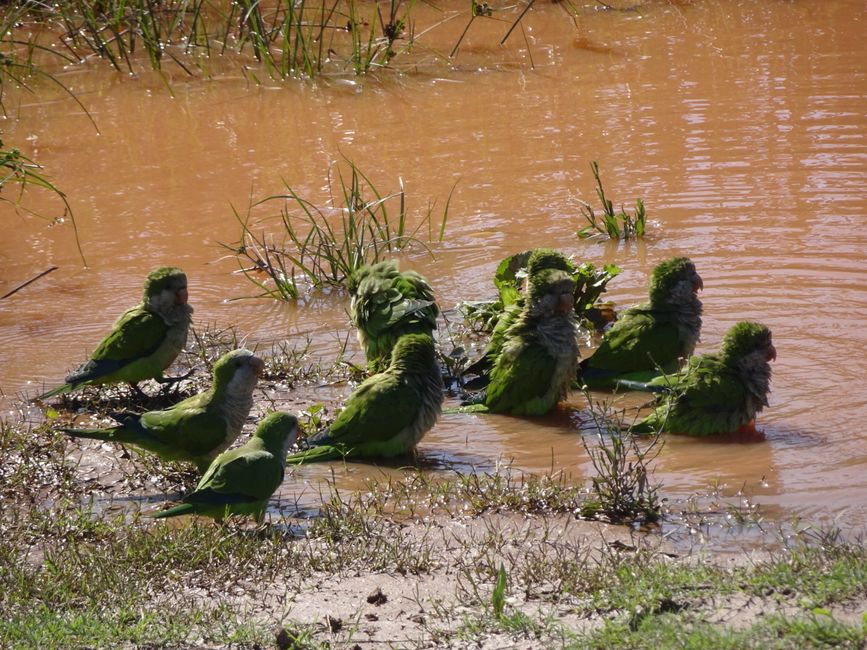
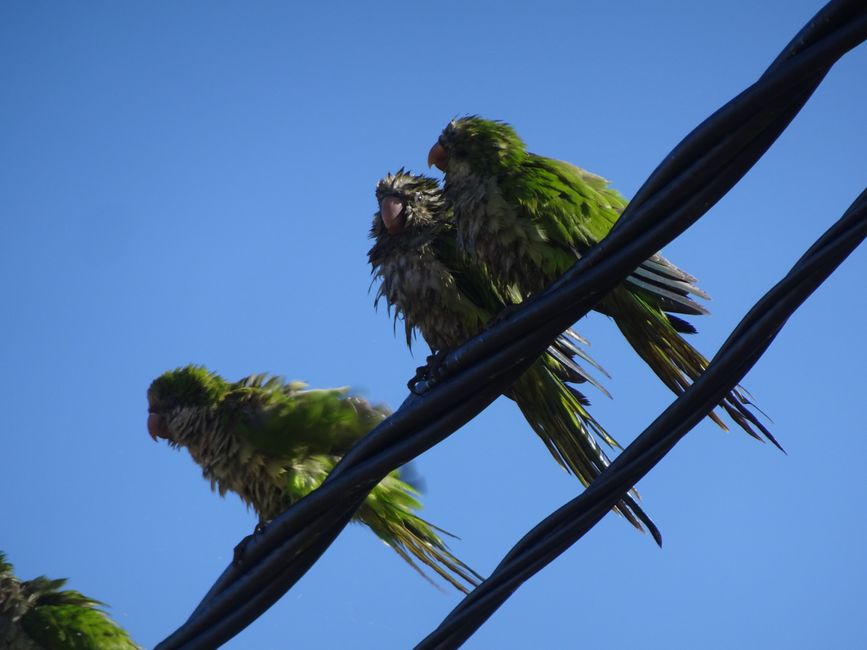
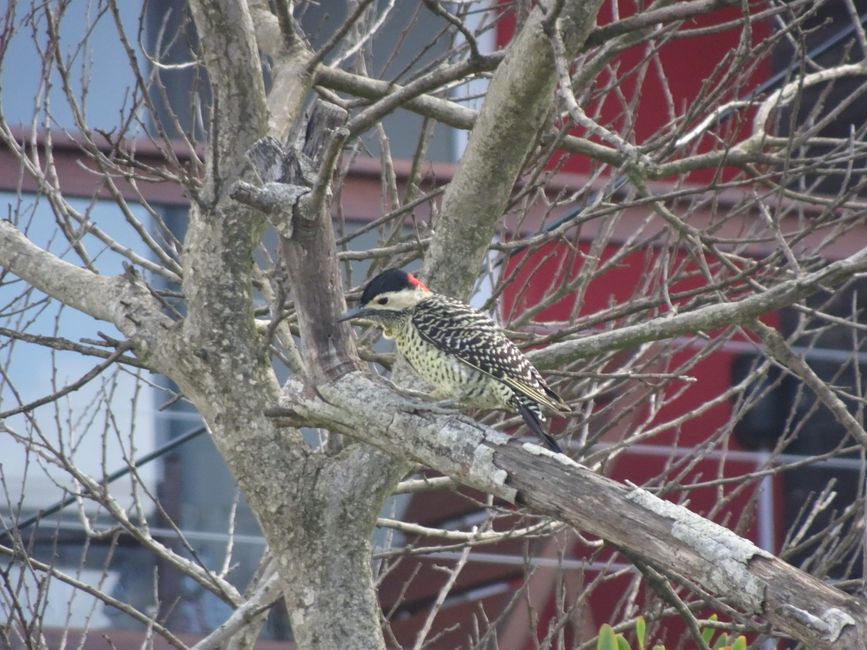
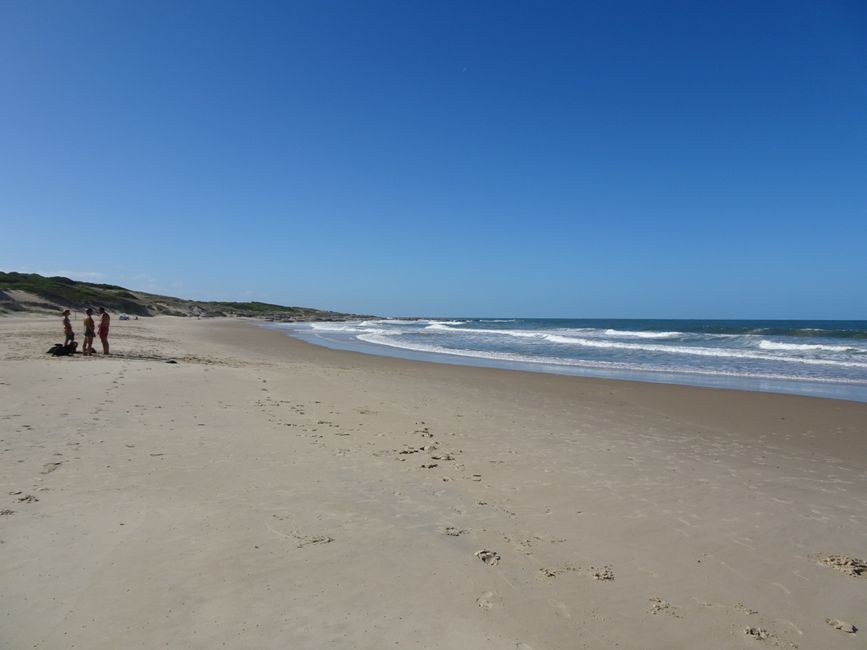
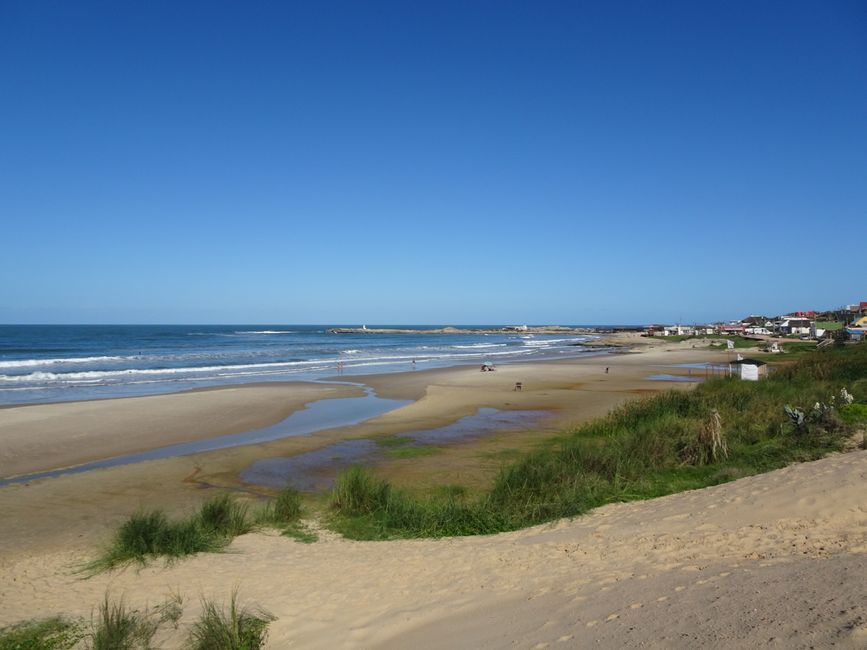
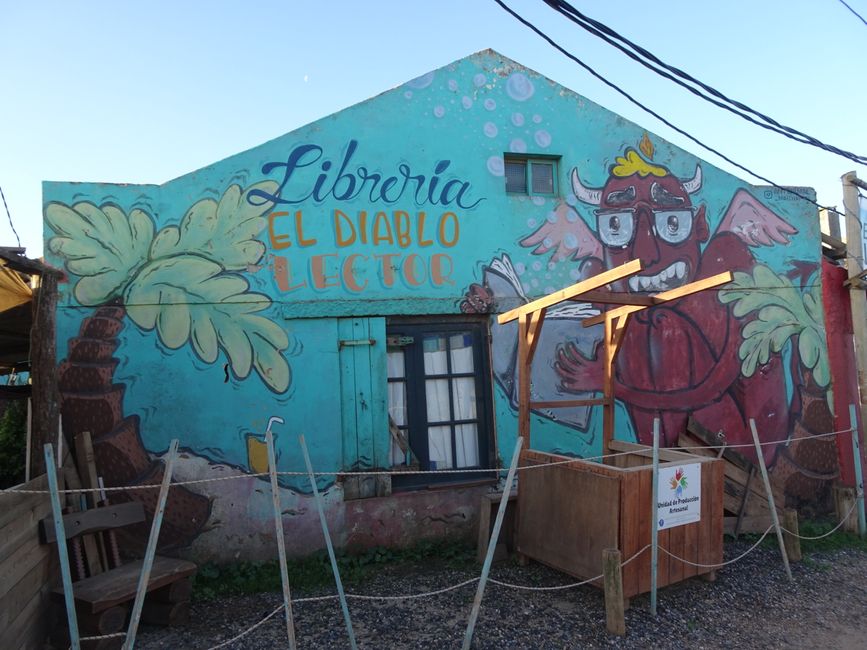
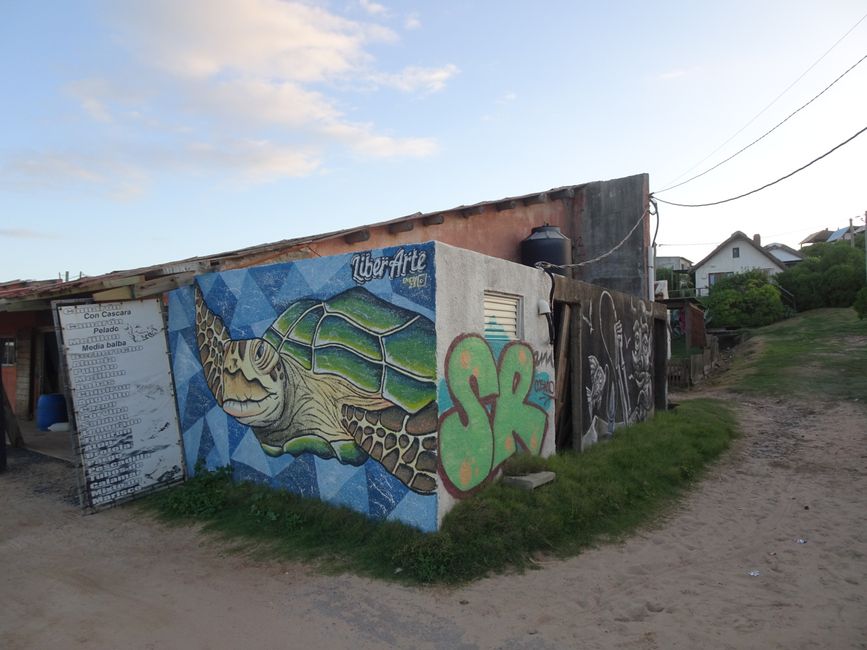
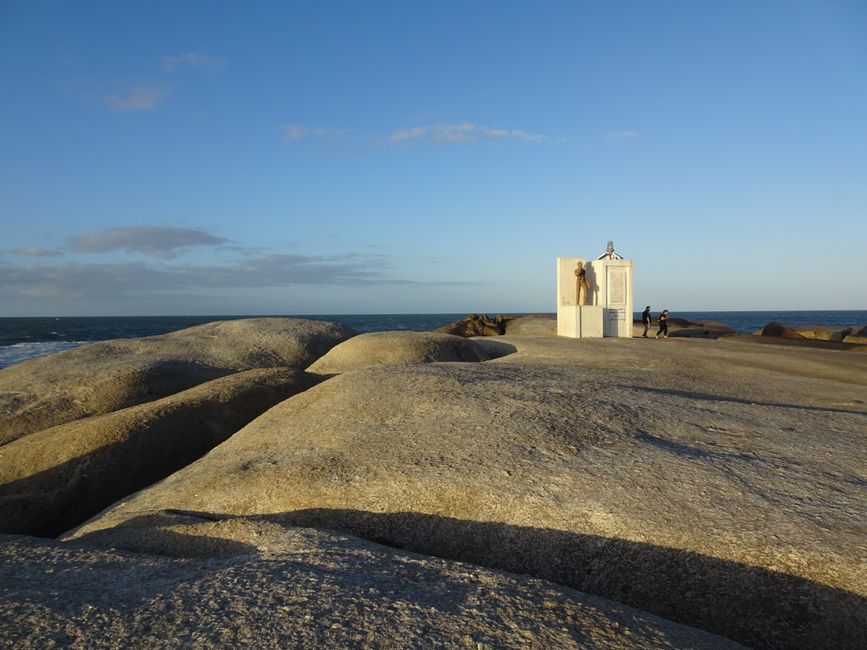
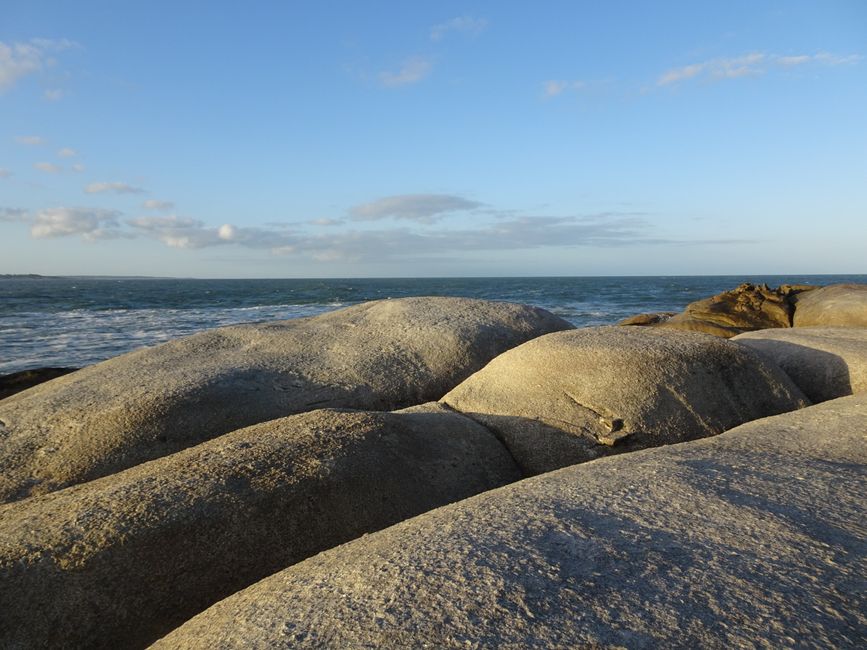
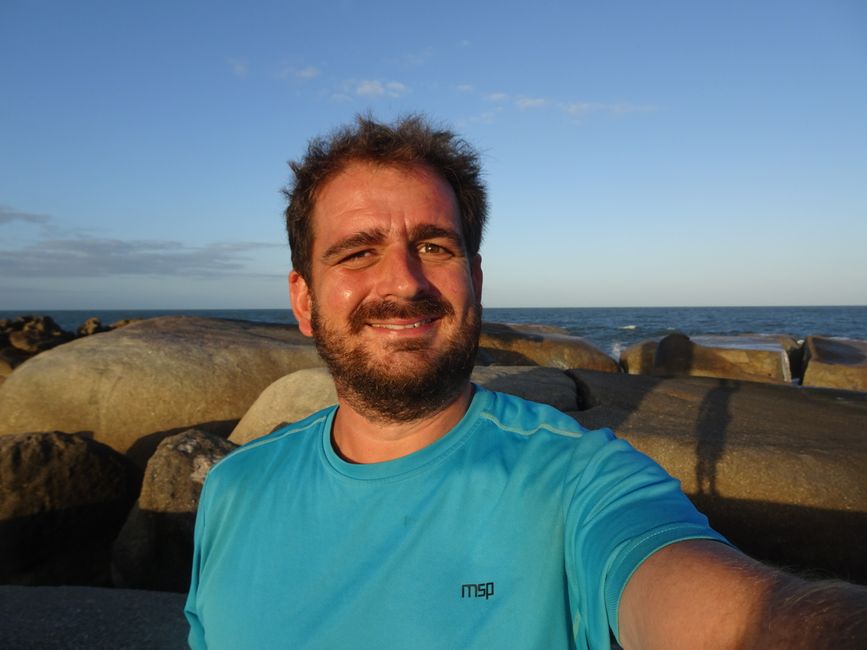
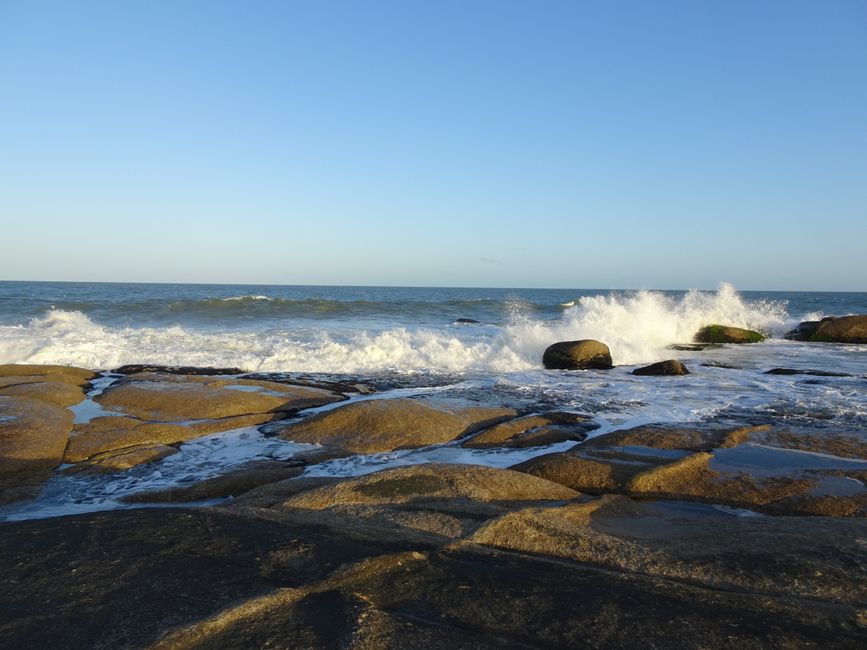
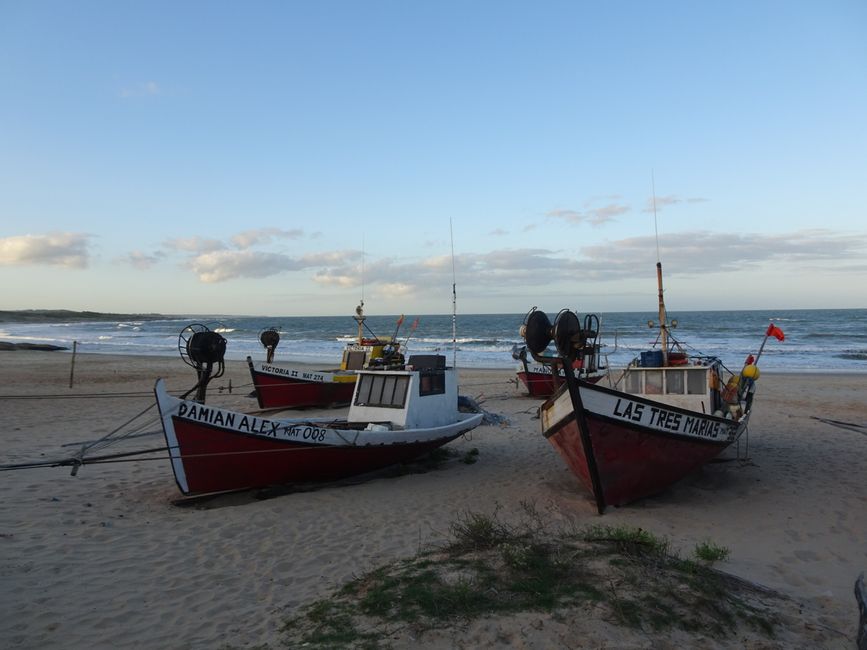
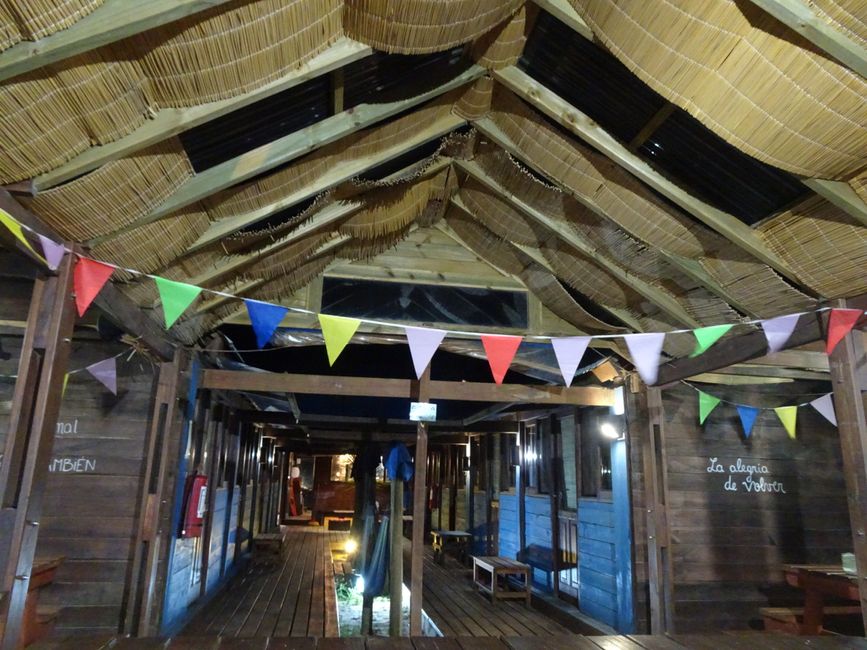
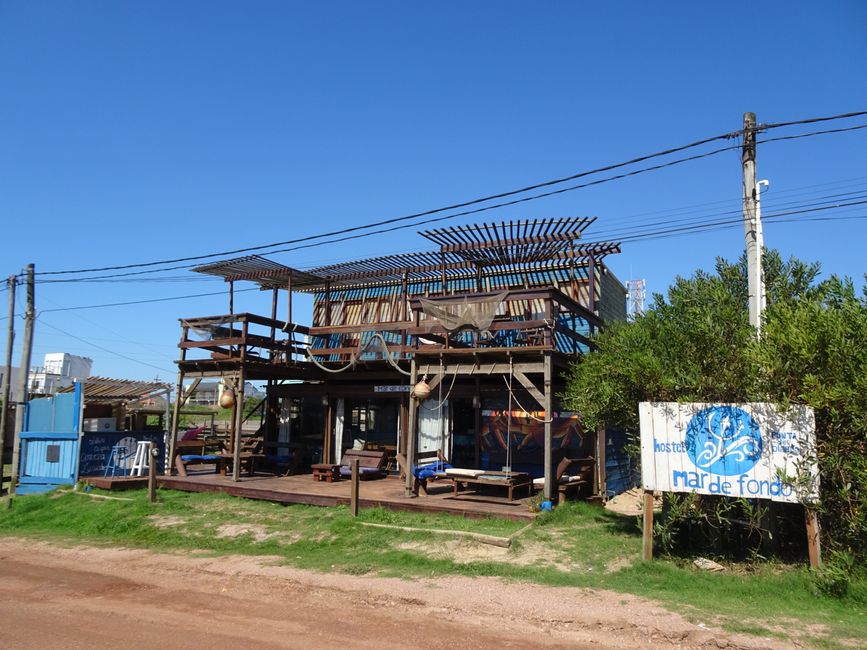
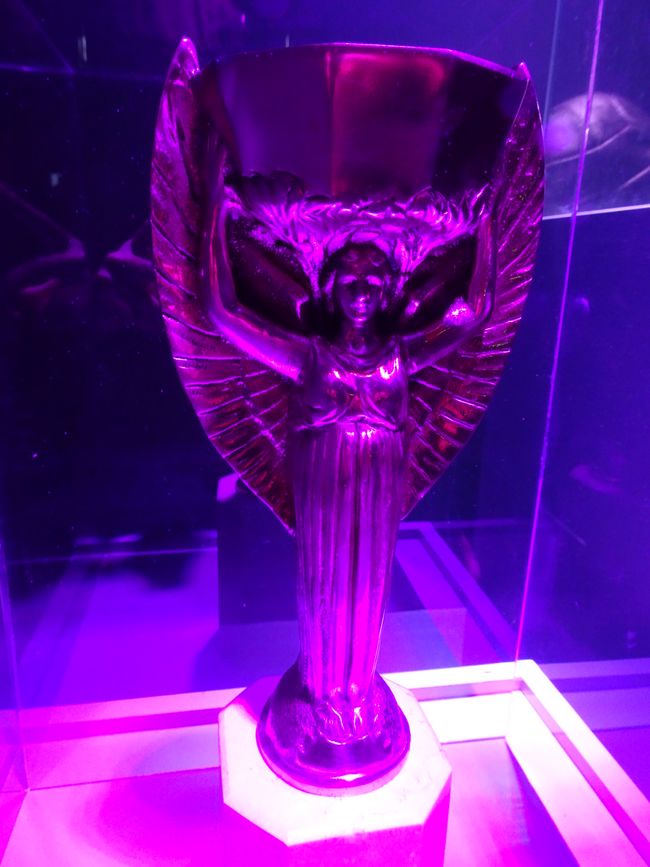
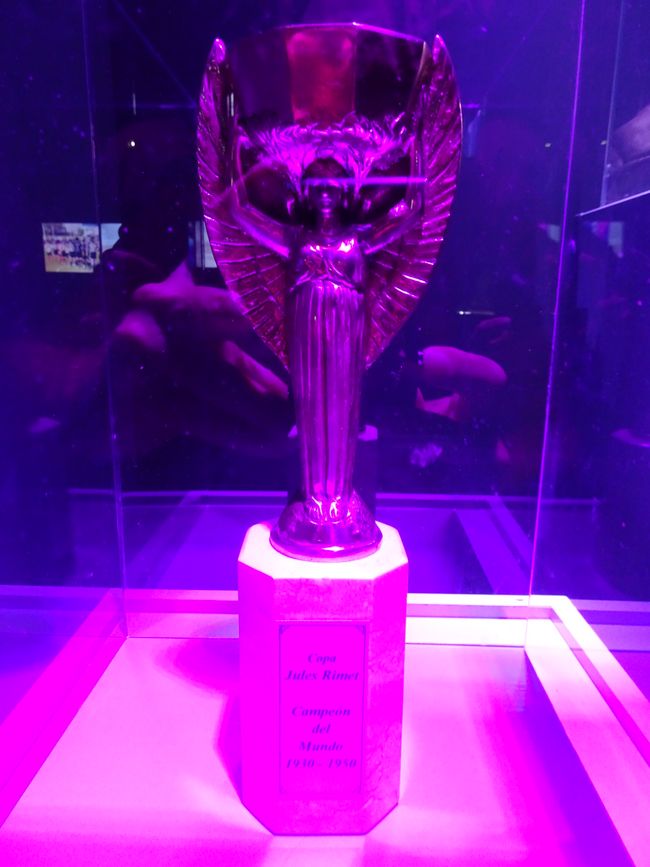
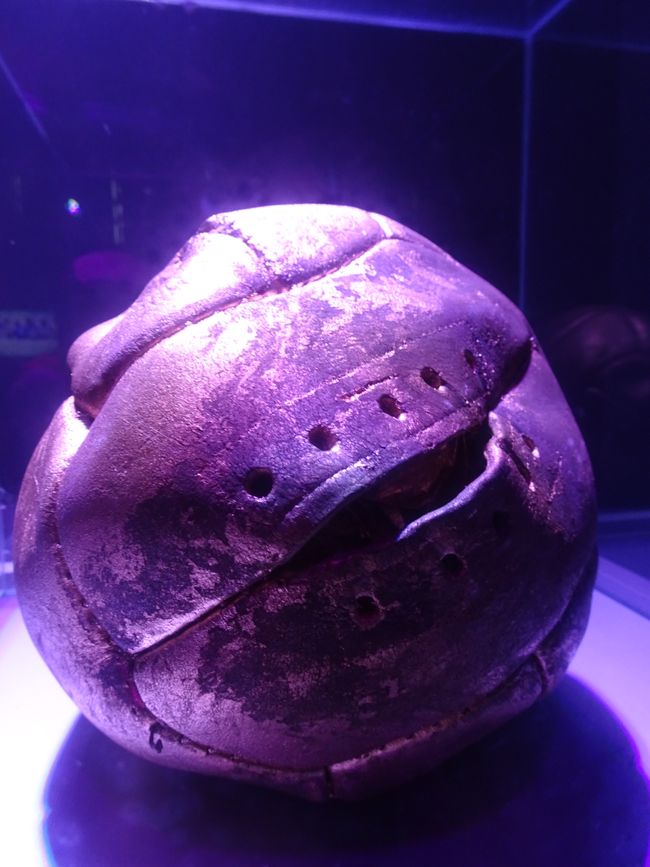
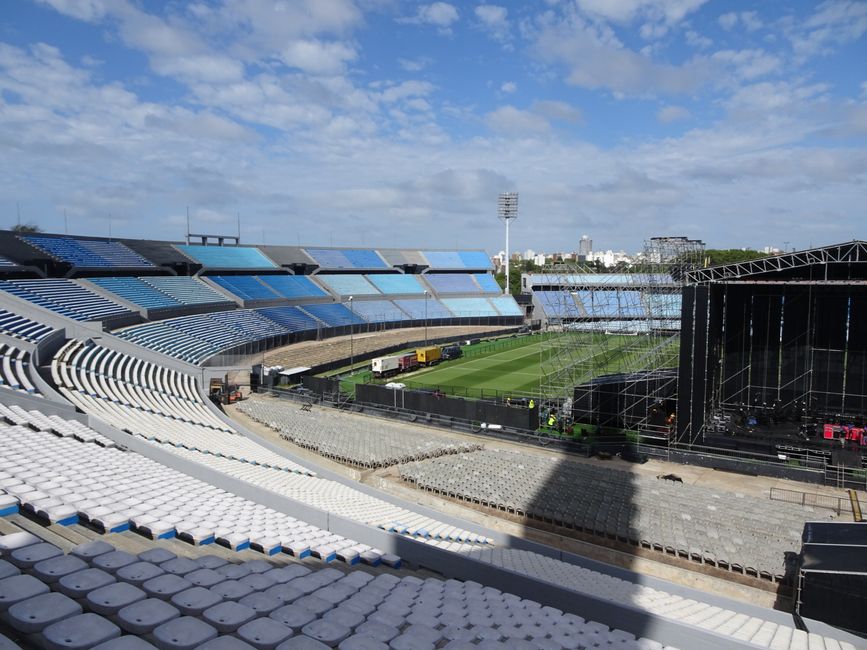
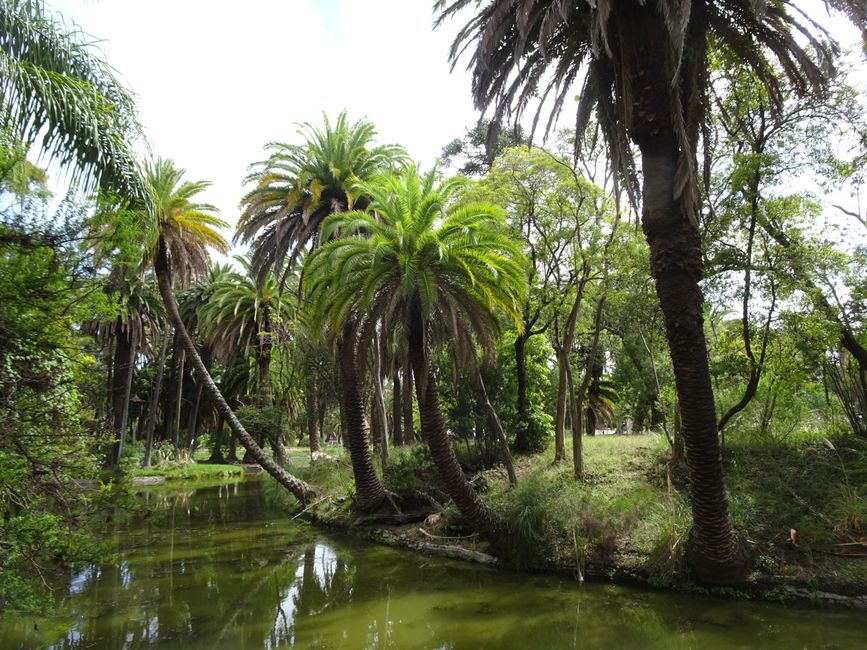
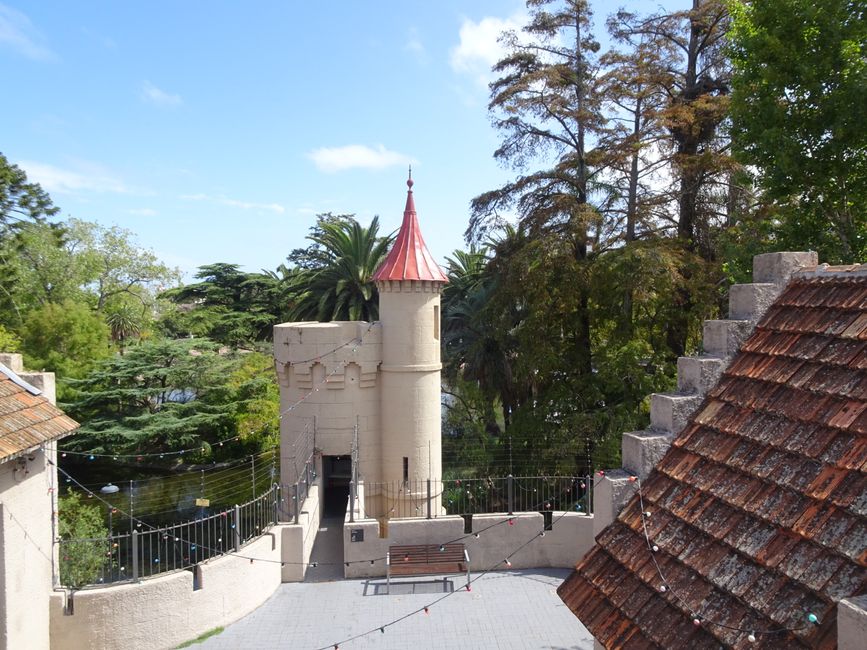
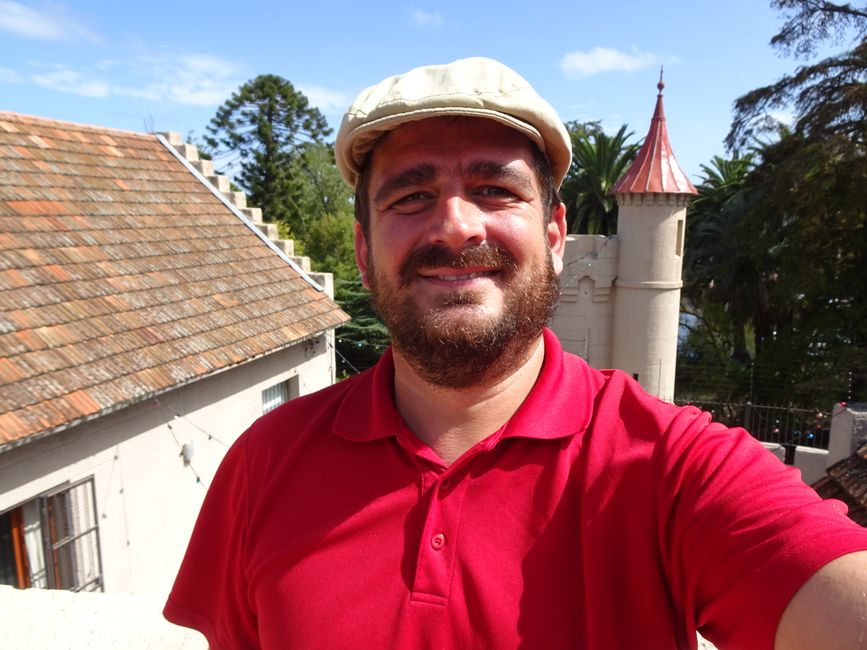
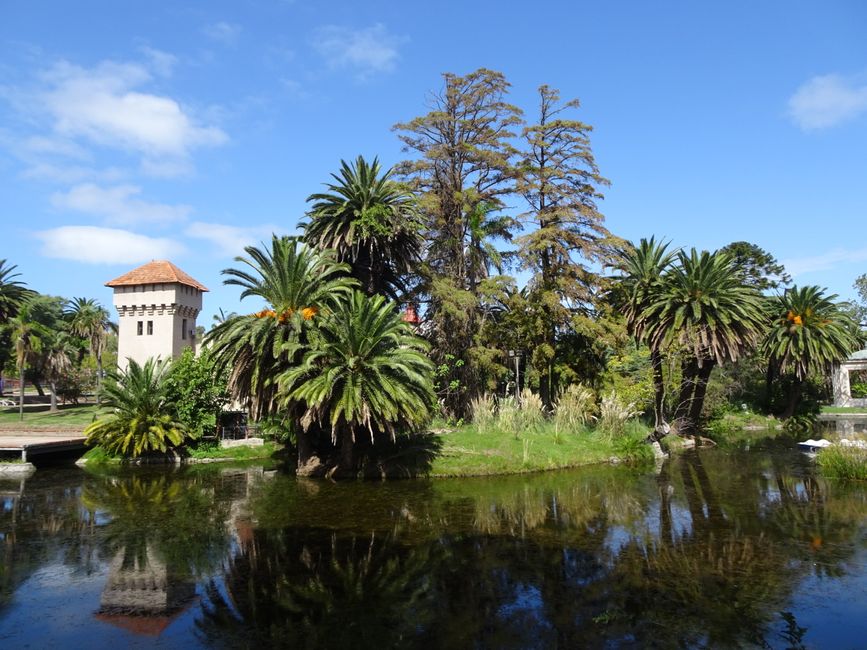
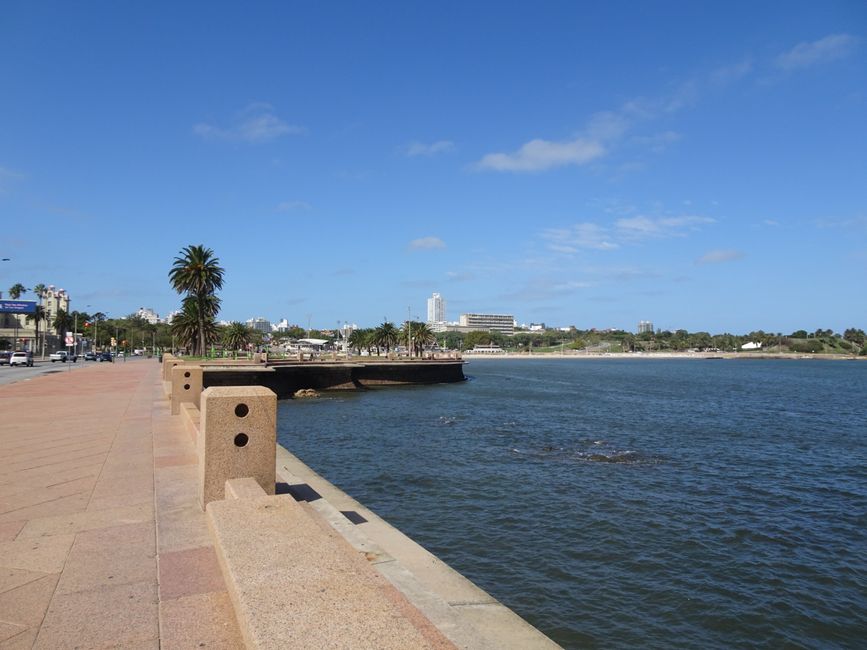
Suscríbete al boletín
On March 18th, I took the ferry from Buenos Aires across the Rio de la Plata to Colonia del Sacramento, the oldest city in Uruguay. Contrary to its name, the Rio de la Plata is not a river, but the huge estuary of the Rio Uruguay into the Atlantic Ocean. Colonia is a beautiful small town with many colonial buildings over 300 years old, small streets with cobblestones, and tree-lined avenues with crowns growing towards the middle of the road. Everything is very clean and well-maintained. I stayed two nights in a very nice guesthouse and visited the city. I didn't expect Colonia to be one of the most beautiful smaller colonial cities in South America. There are also several small museums and a lighthouse that can be climbed. The weather was good, between 25 and 30 degrees, although the real summer was already over. On the second evening, I tried the Chiveto, the Uruguayan national dish, which is nothing more than a sandwich with meat and vegetables and a mountain of fries. Overall, I wasn't that impressed.
On March 20th, I took a three-hour bus ride to Montevideo, the capital of Uruguay. I stayed in a very cozy hostel for the next three days. Montevideo is by far the largest city in Uruguay, with about 1.5 million people. The whole of Uruguay has a total population of only 3.5 million. For a South American metropolis, Montevideo is incredibly relaxed and safe. You can move freely around the city at any time of day or night. On the day of my arrival, I explored the city center, which stretches from Plaza de la Independencia to a peninsula where the old town is located. These parts of the city are worth seeing, even though there are no absolute highlights. I particularly liked the Mercado Puerto, the historic harbor building, which now houses several restaurants and shops. Unfortunately, the price level is overall quite high, higher than in Argentina. The next two days, I visited the old town again and several museums, including the Palacio Taranco and the very impressive Museo de los Andes. In 1972, a plane carrying a rugby team from Montevideo crashed in a deserted area at over 4000 meters altitude on the way to Chile for a rugby match. 32 people initially survived the crash and 72 days later, 16 survivors were rescued. How they managed to survive, including cannibalism - they fed on the flesh of those who had died, is the subject of this museum.
On March 23rd, I left Montevideo for now to explore the coast of Uruguay. I spent the next three nights in Punta del Este, the most important seaside resort in the country, located exactly where the Rio de la Plata meets the Atlantic Ocean. From December to February, it is incredibly crowded there, with many Argentinians also vacationing there, but by mid-March, the season slowly comes to an end and the city is quite cozy. Unfortunately, I couldn't go diving because the local dive center had already closed on March 15th. On March 24th, I explored the surroundings and first went to José Ignacio, where there is a beautiful beach with a lighthouse to visit. The sea was still warm and swimming was no problem, although the waves were quite high. Afterwards, in the evening, I drove to Punta Ballena Peninsula, where you can visit the abstract building 'Casapueblo' by Uruguayan artist Carlos Paez Vilaró, which also houses a luxury hotel and a museum. It reminded me of the Greek island of Santorini! Normally, from Casapueblo, you can admire a wonderful sunset on this peninsula, but on this afternoon, it became increasingly cloudy and in the evening, it was completely overcast. The following day, the weather was finally catastrophic, it rained almost all day and I only spent an hour on the beach in Punta del Este in the afternoon to swim.
On March 26th, I continued along the coast by bus to Punta del Diablo, only 20 km from the Brazilian border. The place is beautiful, with colorful houses and unpaved streets and lots of green parrots. Overall, there is not much to do there, and I spent three days relaxing in the hostel hammock and on the beach, and took two shorter hikes by the sea. On March 29th, I took a 5-hour bus ride back to Montevideo, where I spent the last two nights in Uruguay in my old hostel. So I had a full day in the capital. My first stop was the Museo Nacional de Futbol. Uruguay is a great football nation and became World Champion in 1930 and 1950. The country also won the Copa America several times. These successes are even more astonishing considering the small population. Imagine if Germany had to compete in a World Cup or European Championship with a team from Berlin! These successes and many more are explored in this museum, located in the National Stadium of Montevideo. Visiting the museum is a must for football fans! Afterwards, I also visited a park with a modern little castle, the Parque Rodo, and walked from there along the waterfront back to the old town on the peninsula. There, I discovered an excellent Peruvian restaurant where I later returned for dinner. Afterwards, I spent my last evening in Uruguay on the rooftop terrace of my hostel. On March 31st, I took the bus back to Colonia and from there, I took the ferry back to Buenos Aires.
Overall, I spent almost two weeks in Uruguay, which I really enjoyed. The country is very safe, clean, everything is well-organized, and the people are very friendly. Although the price level is higher than in Argentina, my travel budget wasn't too heavily burdened due to the short distances. In Europe, Uruguay is relatively unknown as a travel destination, which is a shame because the country has a lot to offer and you can spend relaxing vacation days there. At the moment, most foreign tourists come from Argentina and Brazil. Unfortunately, I could only visit the coastal region. But I am considering returning to Uruguay for a few more days later in my journey to explore the inland area as well.
Suscríbete al boletín
Respuesta
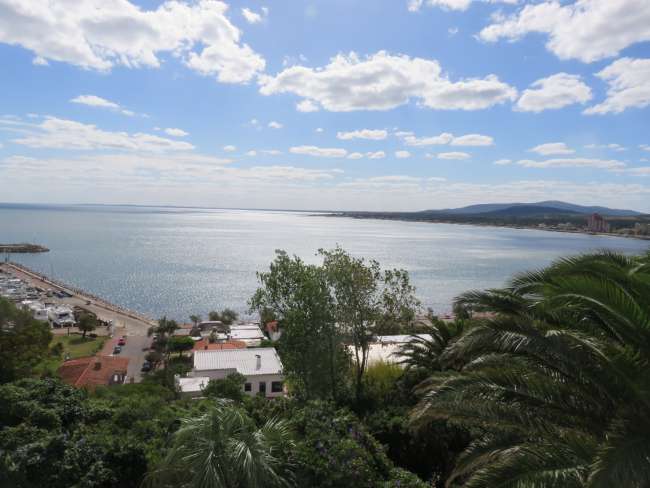
Informes de viaje Uruguay
